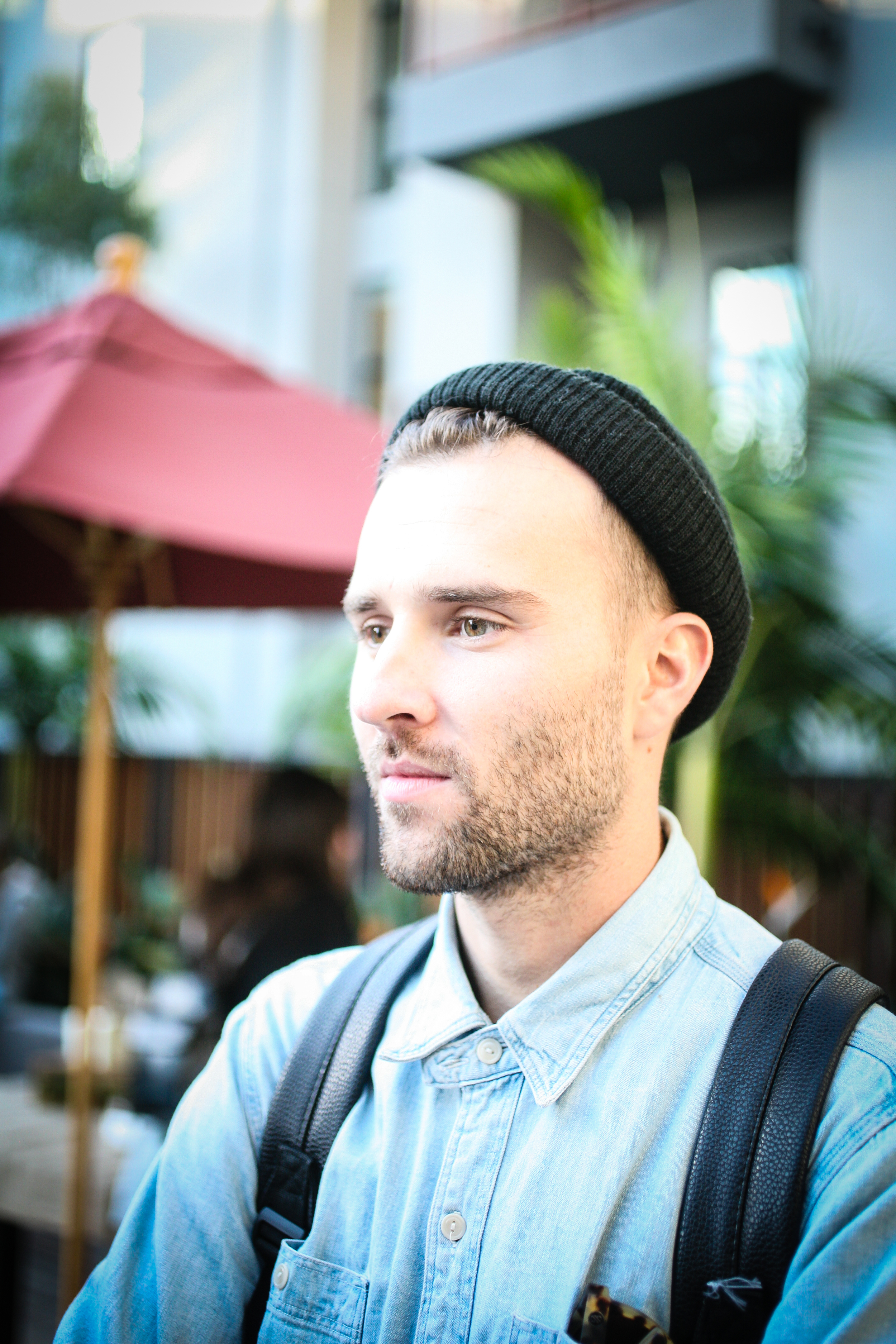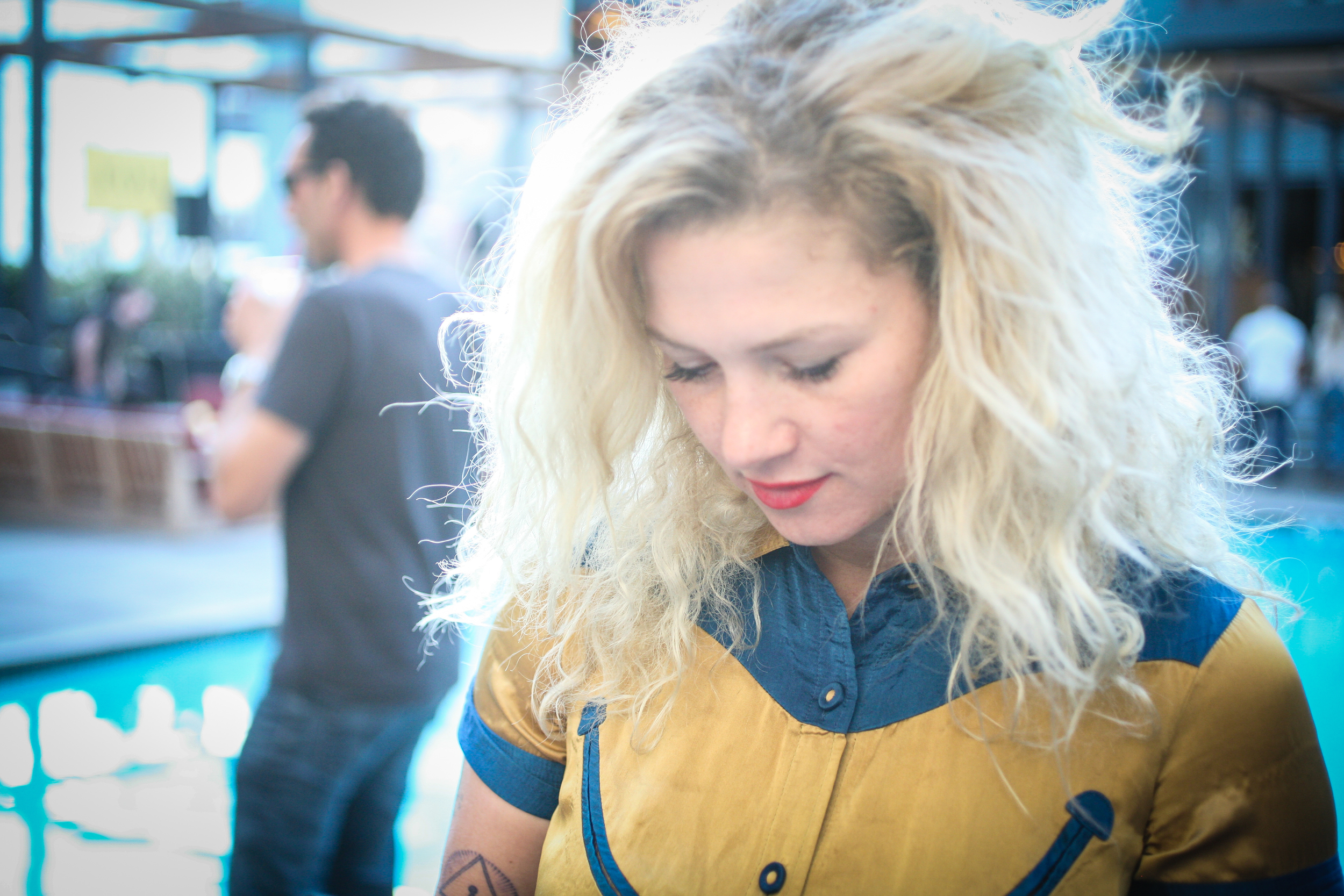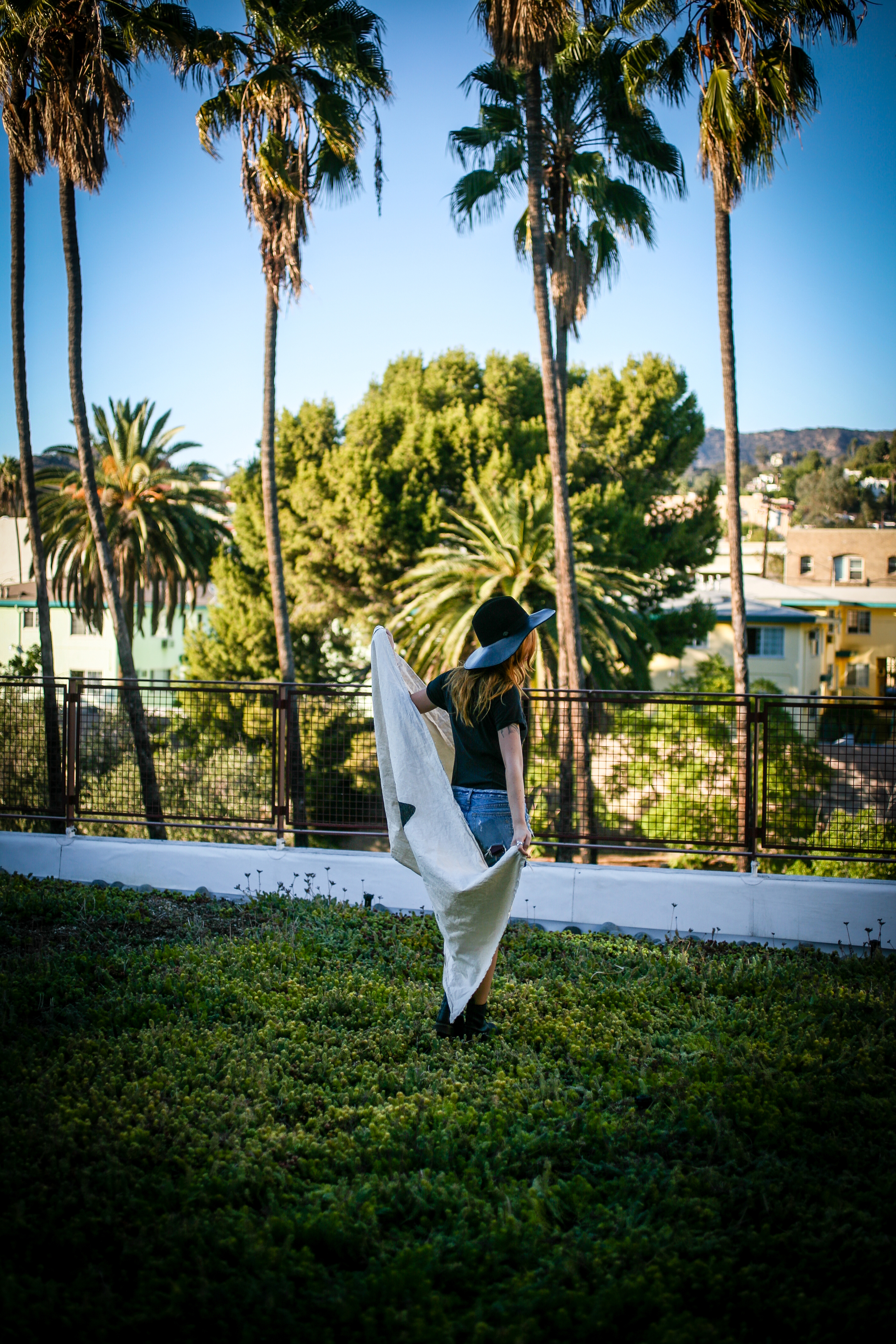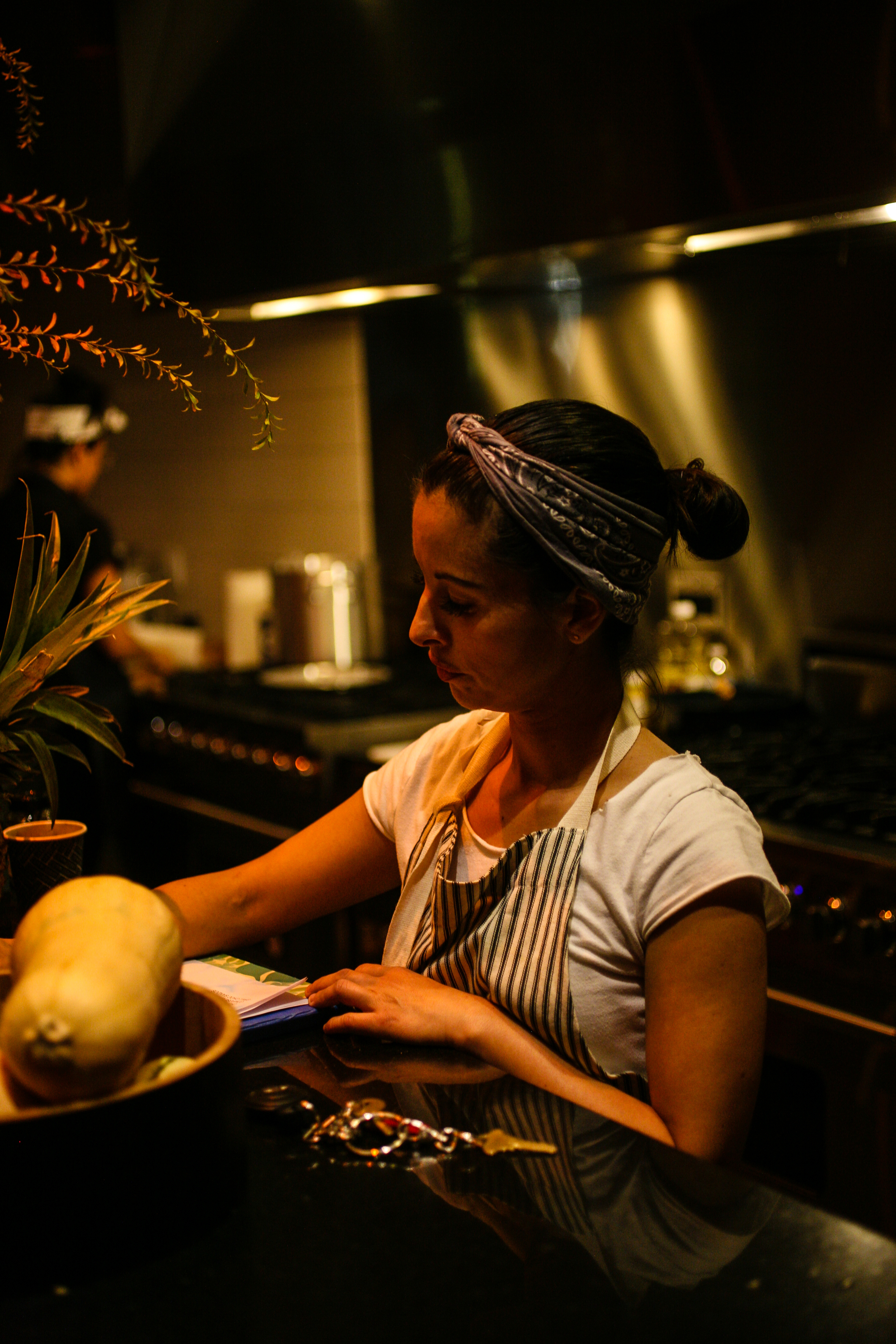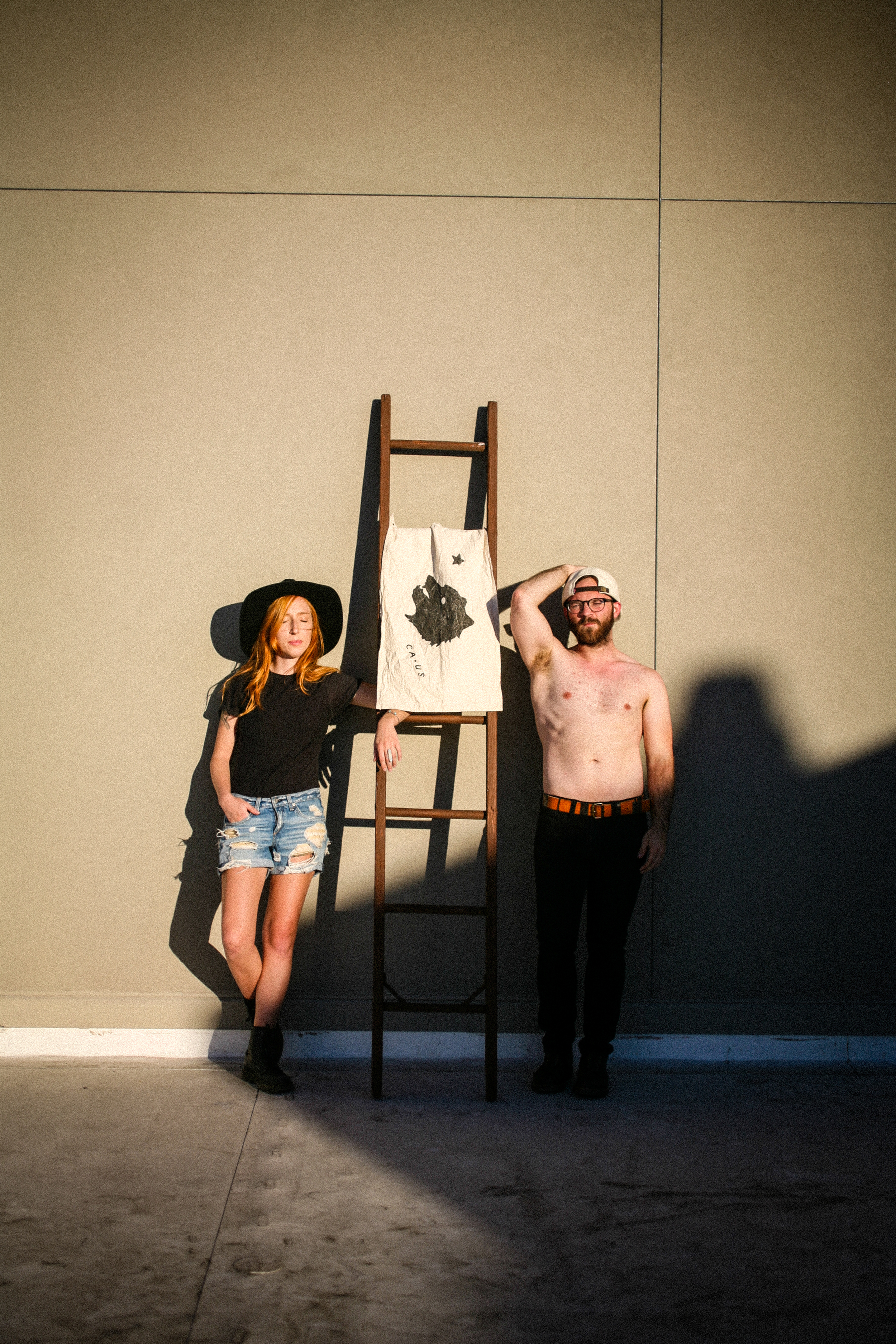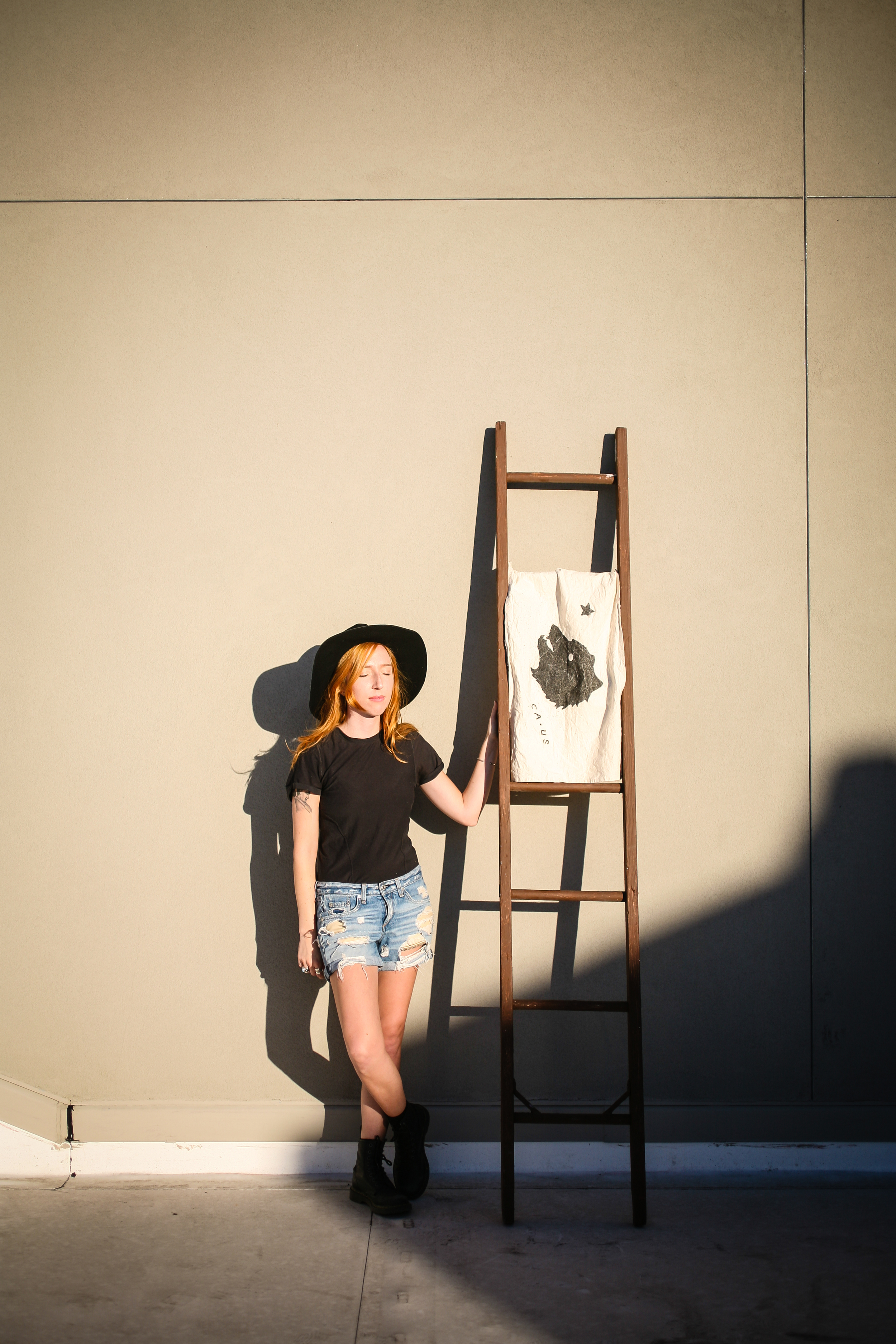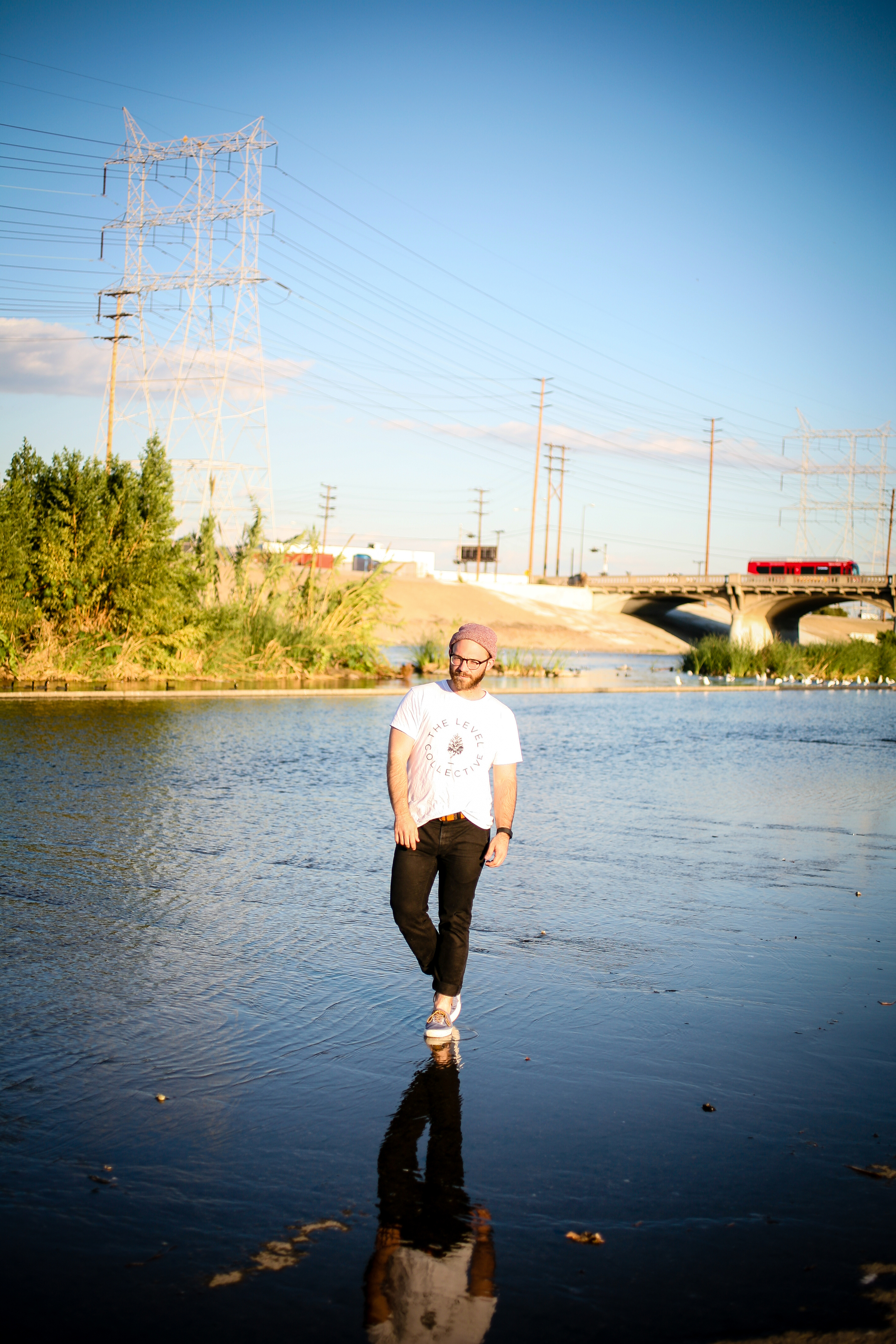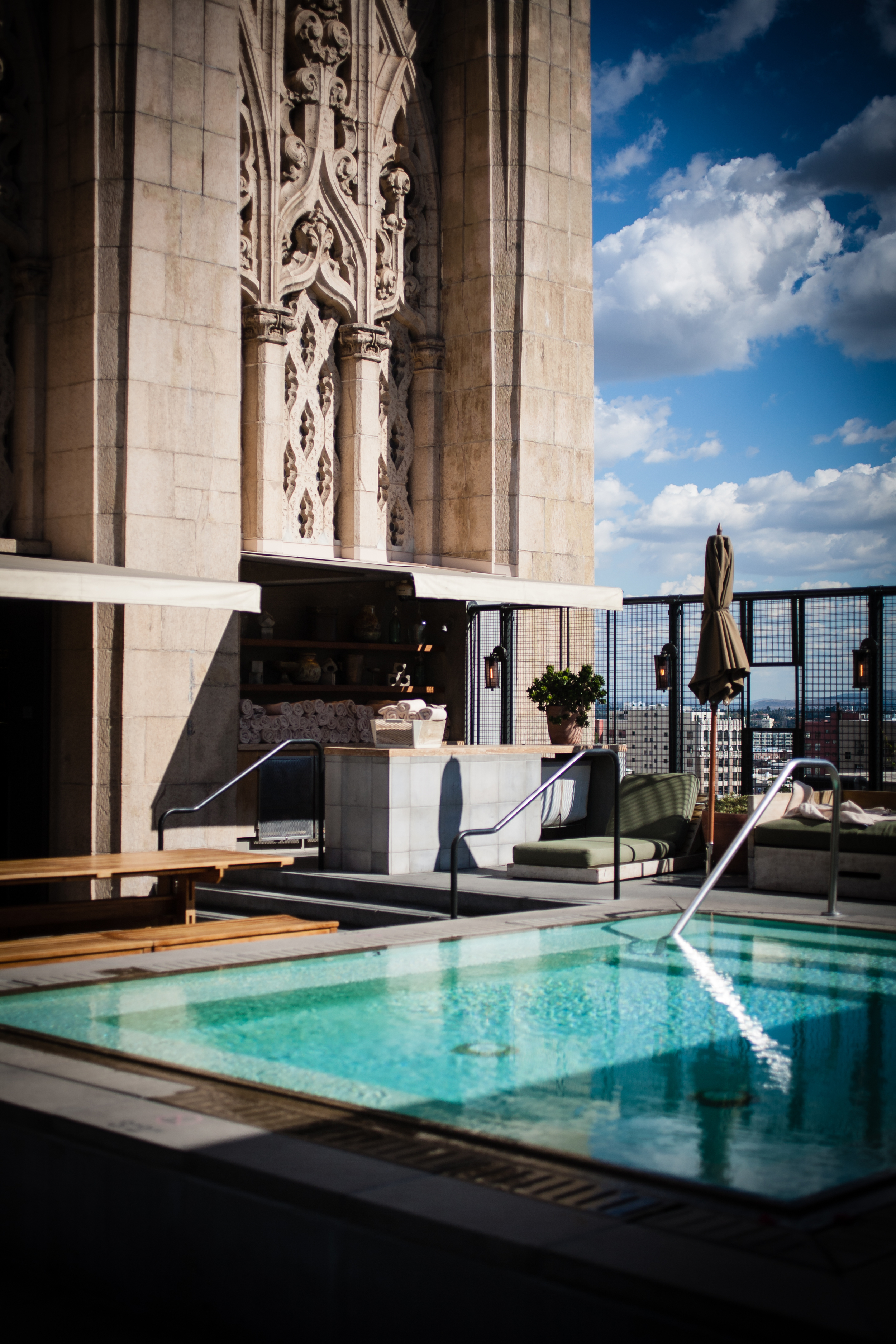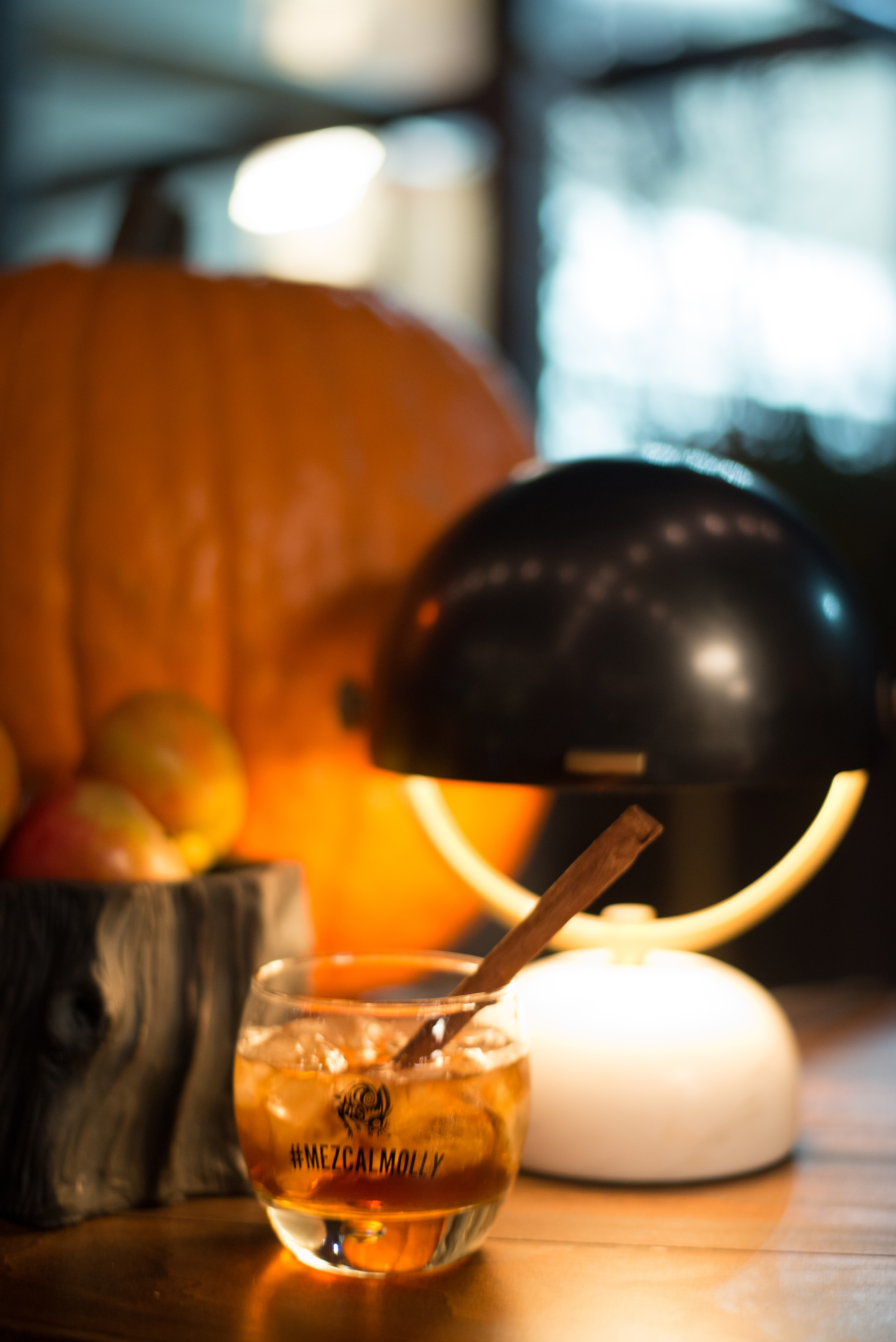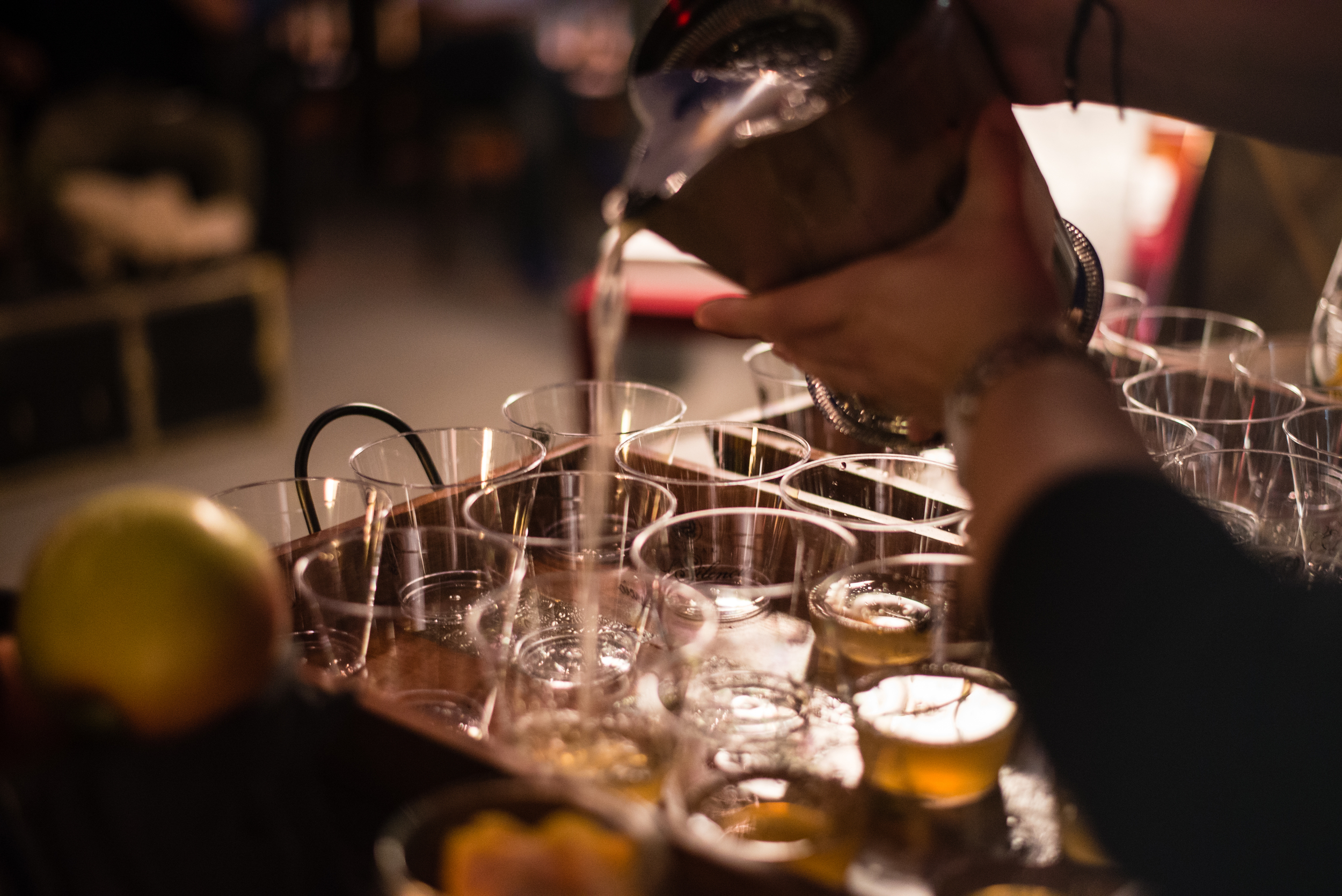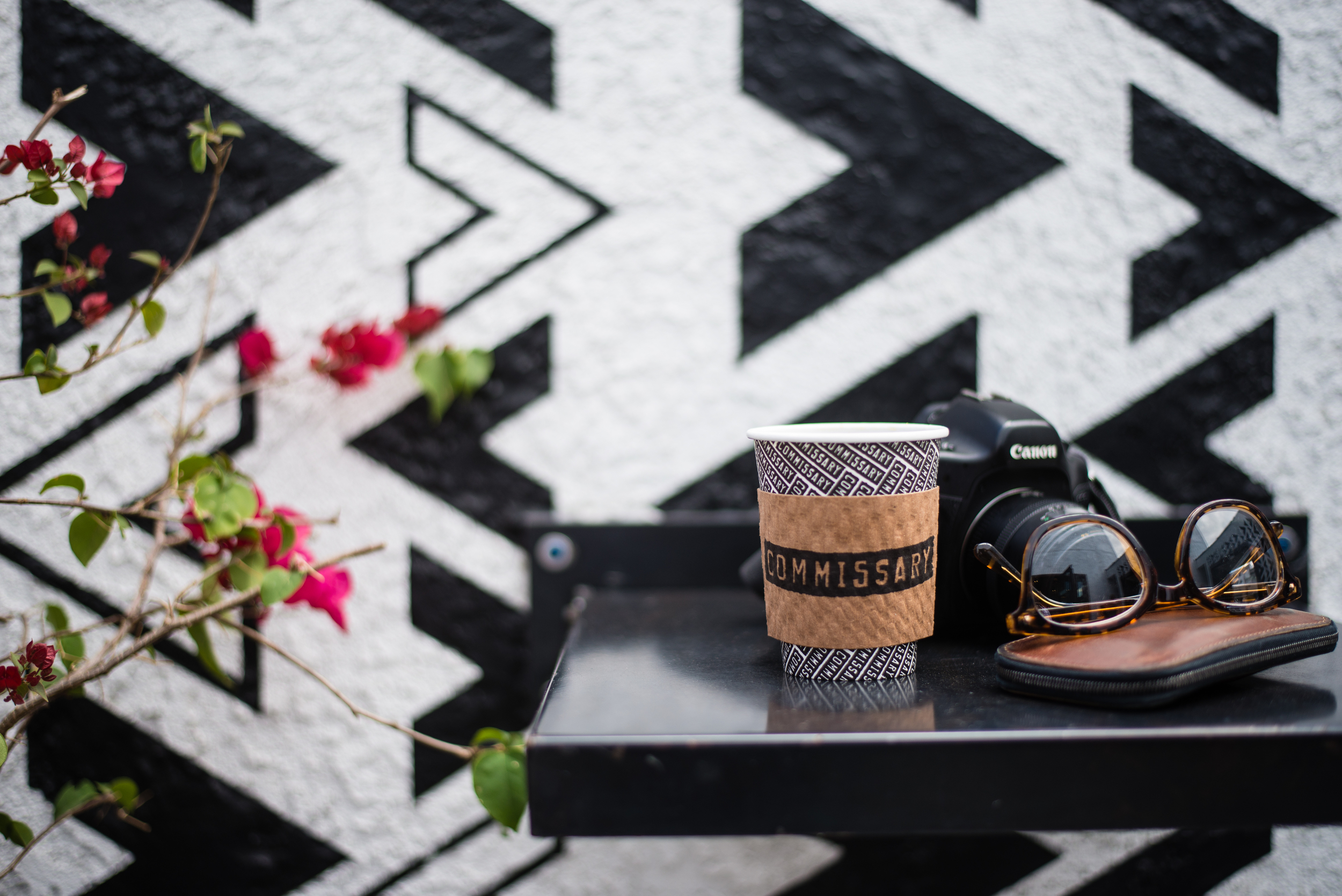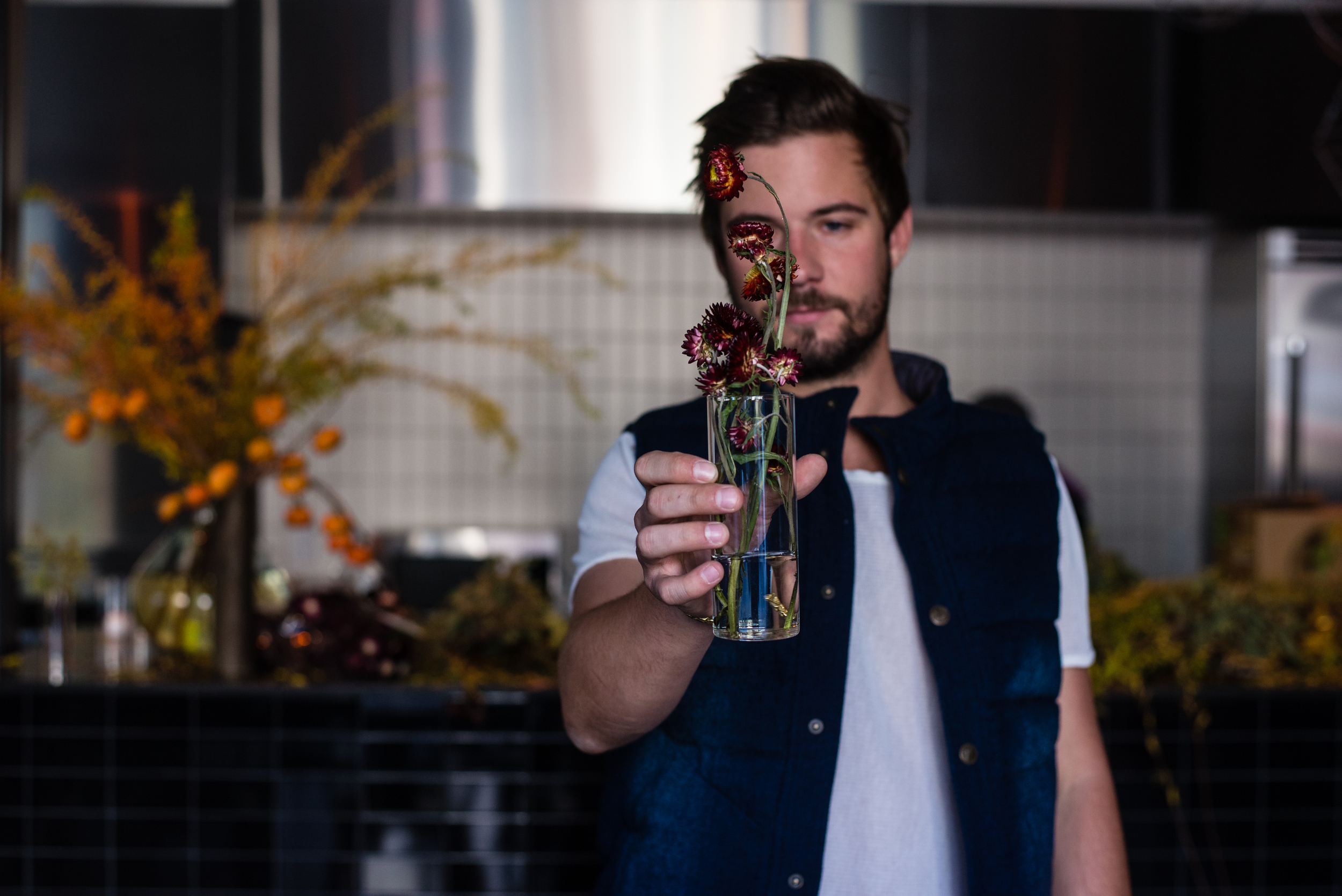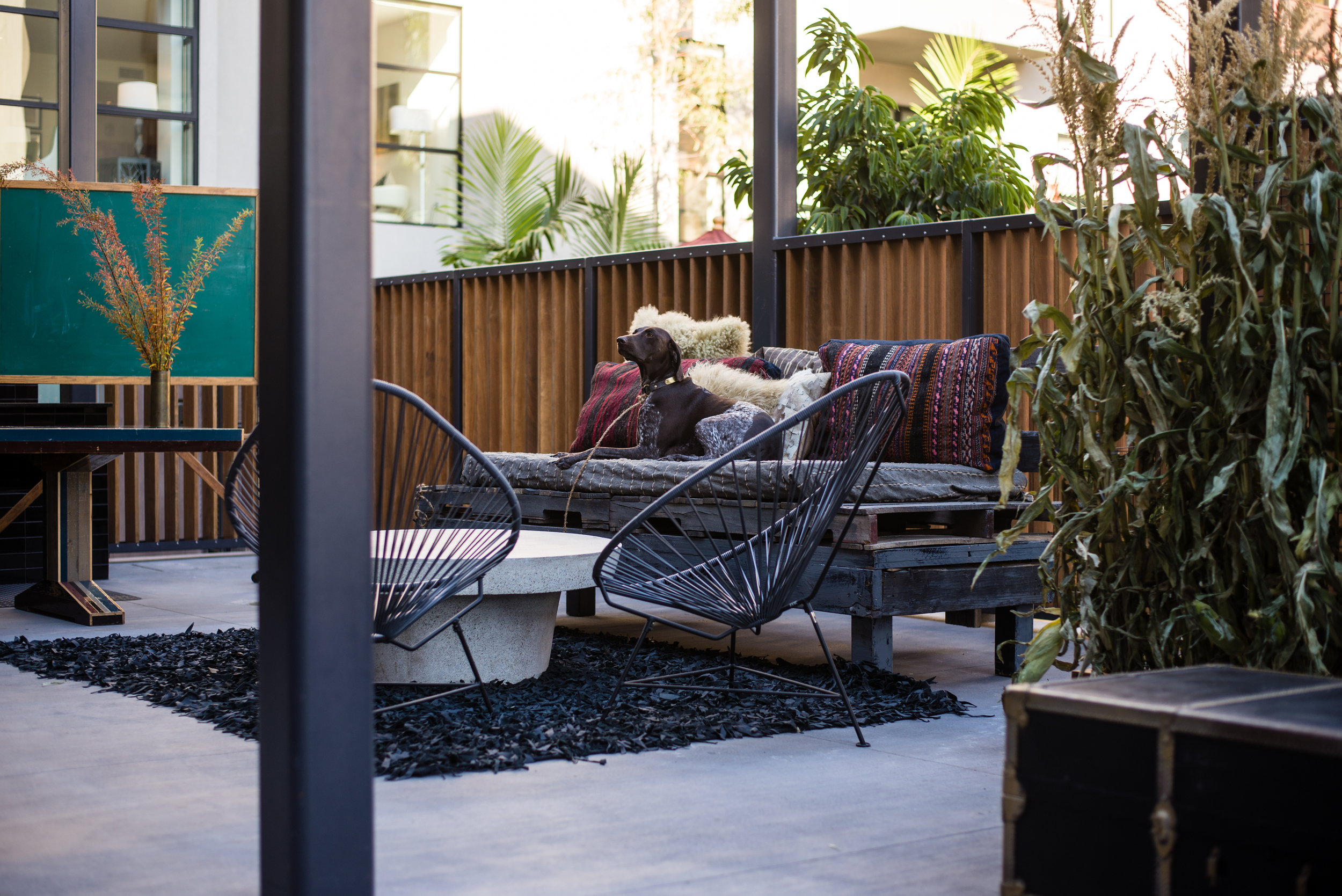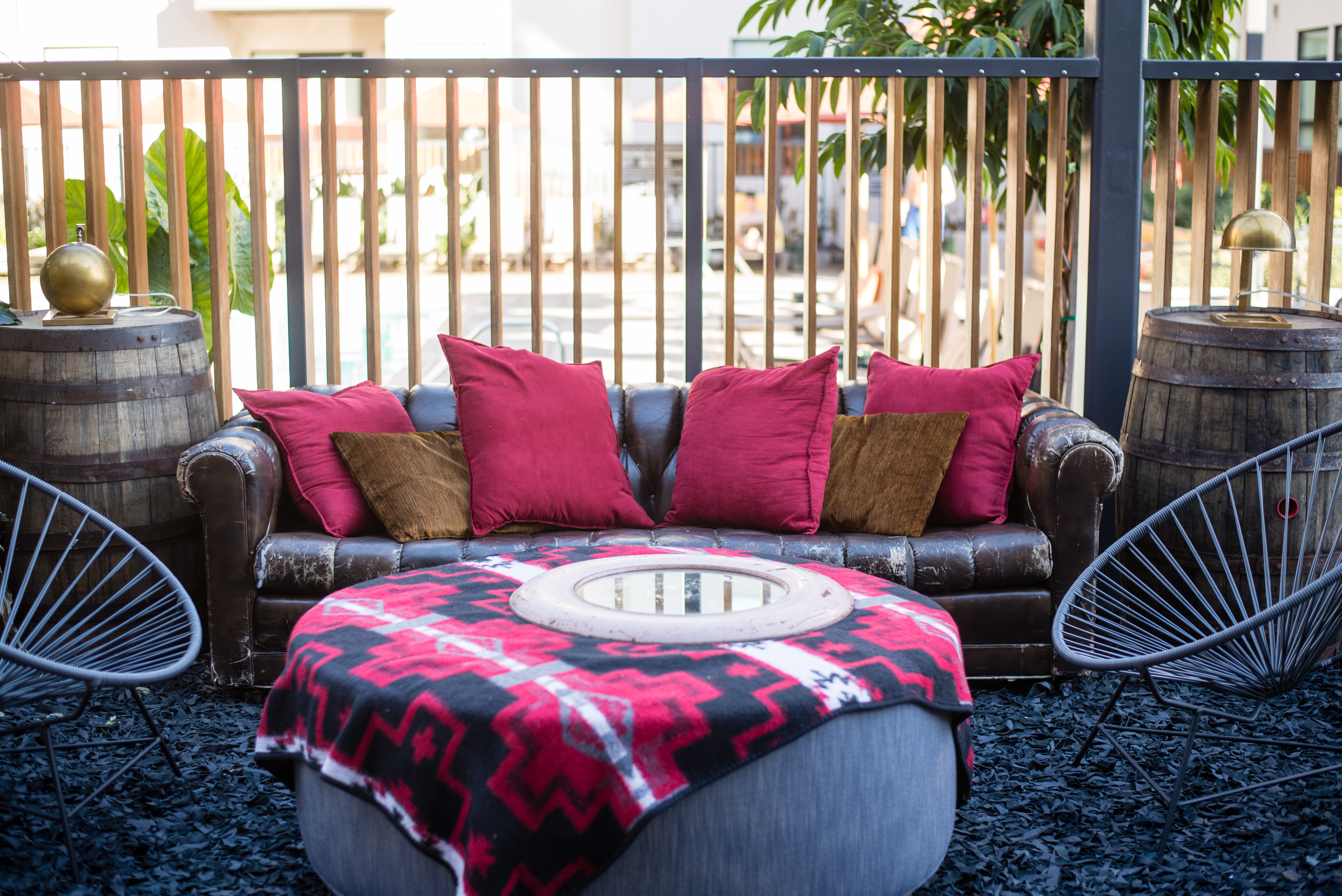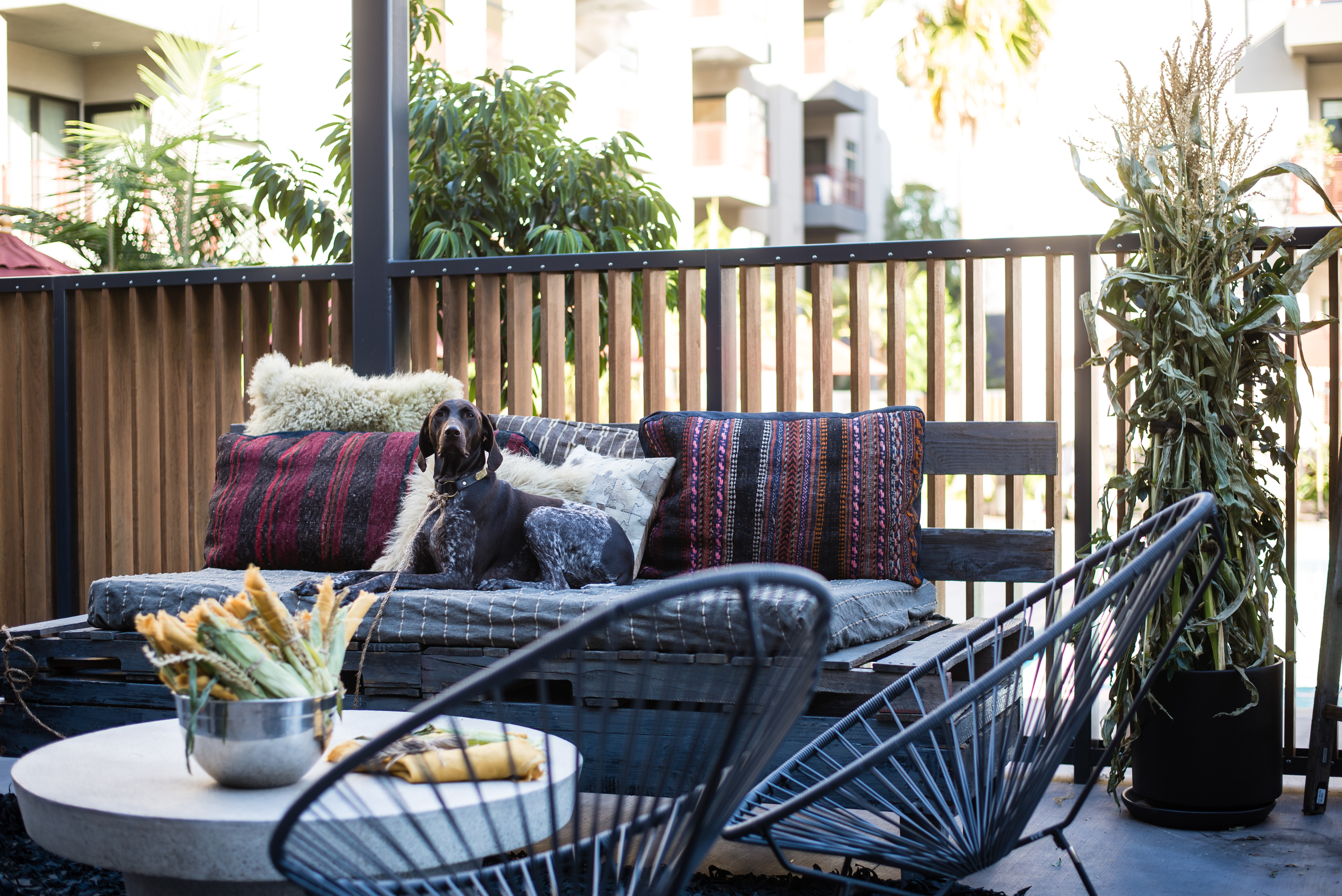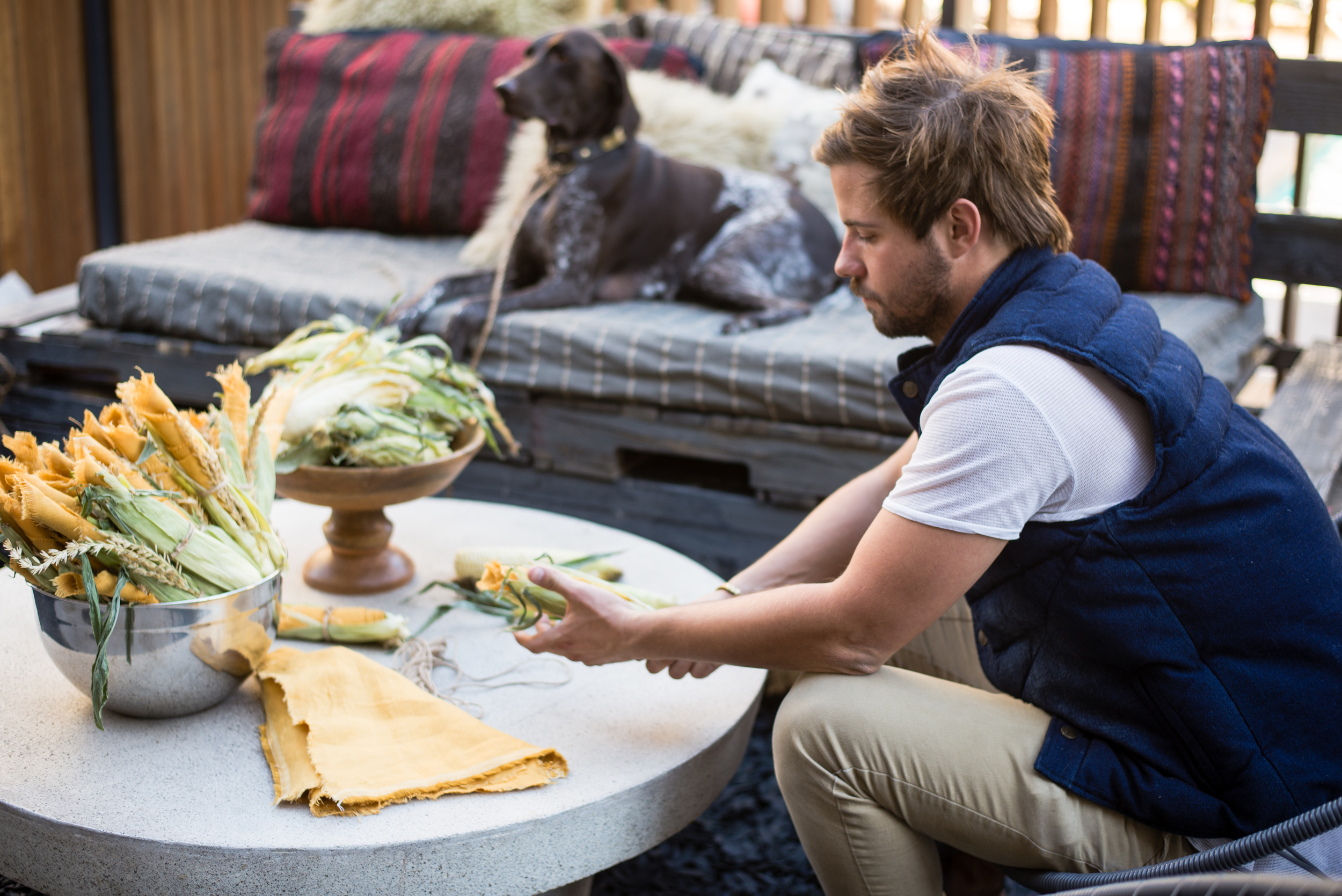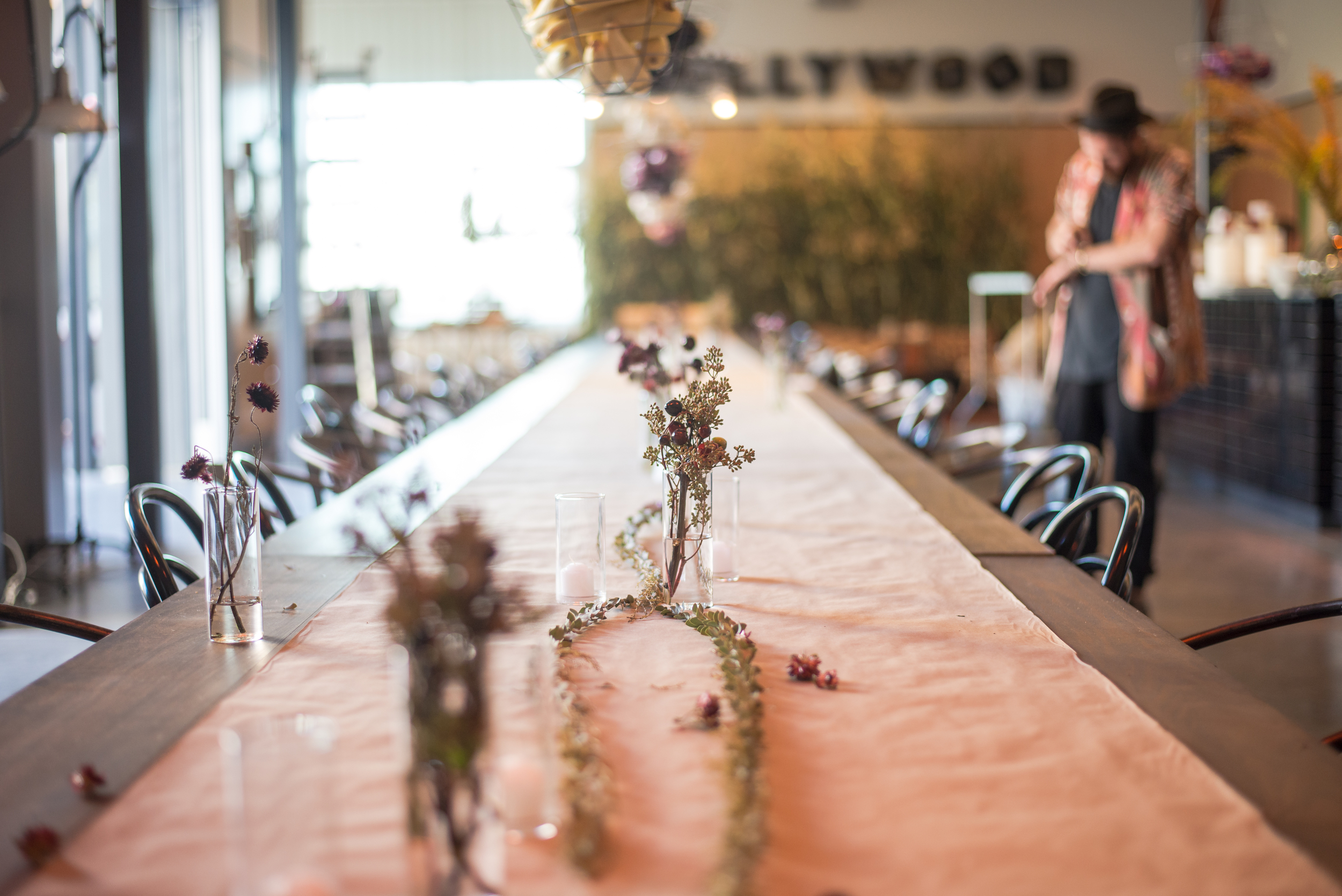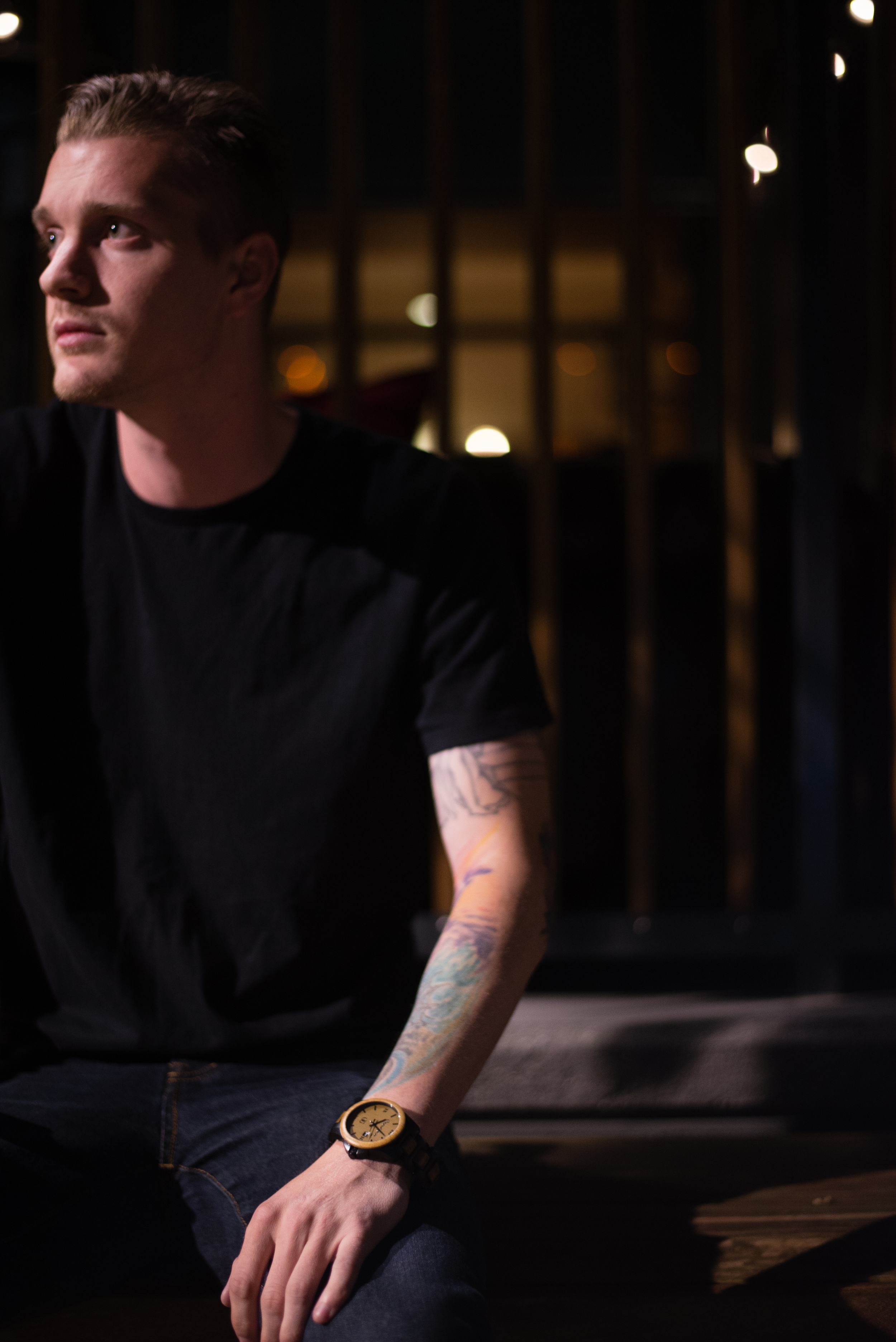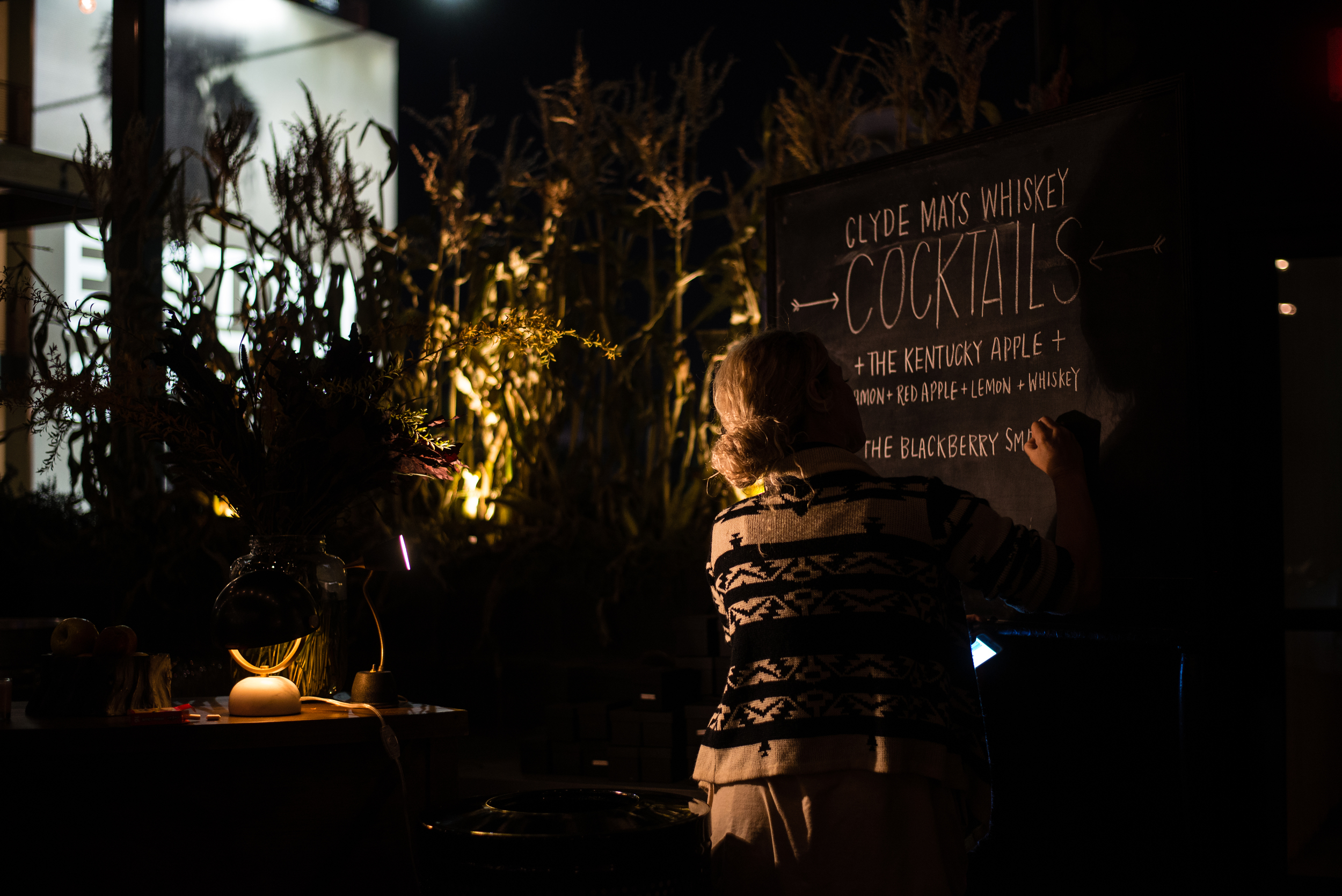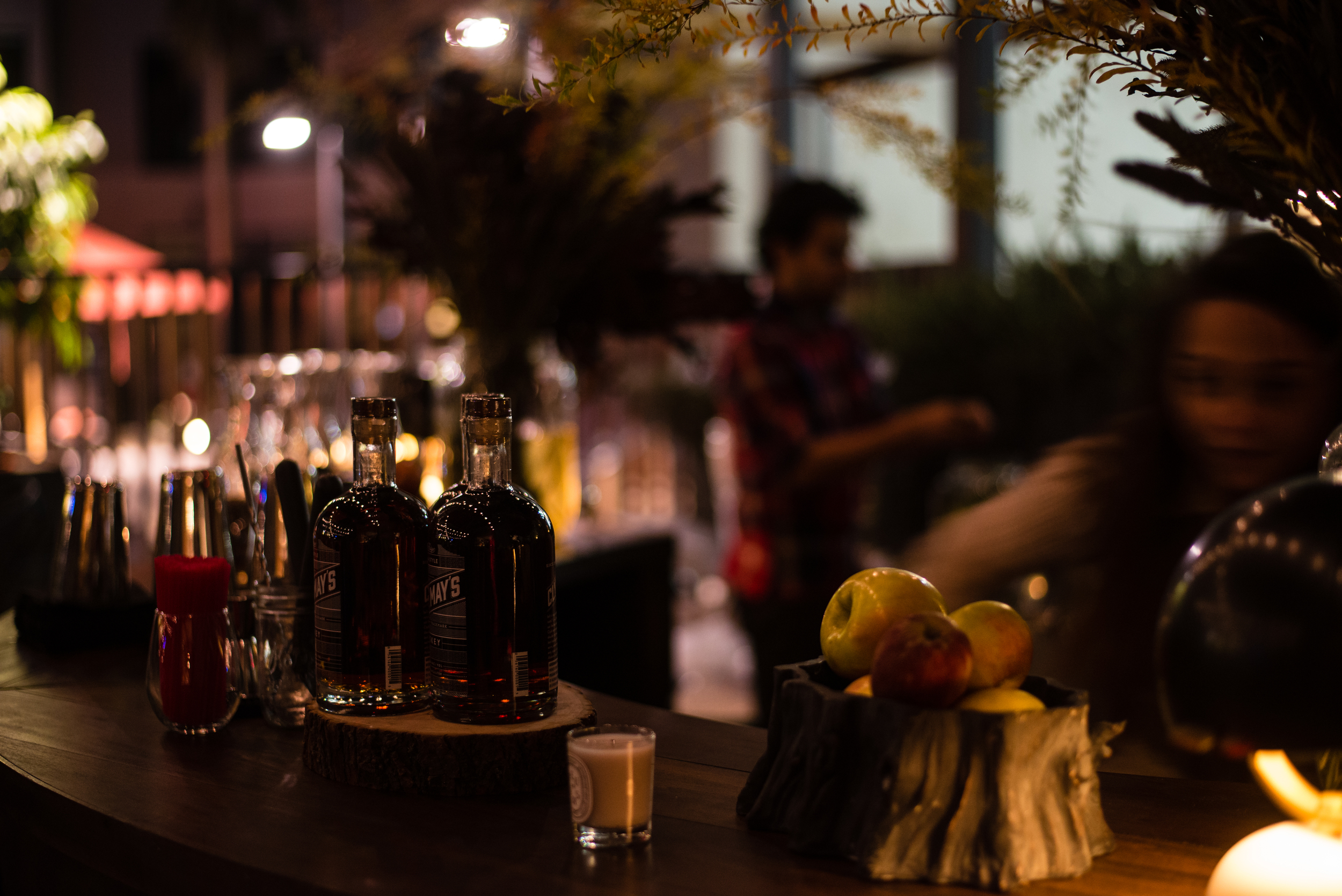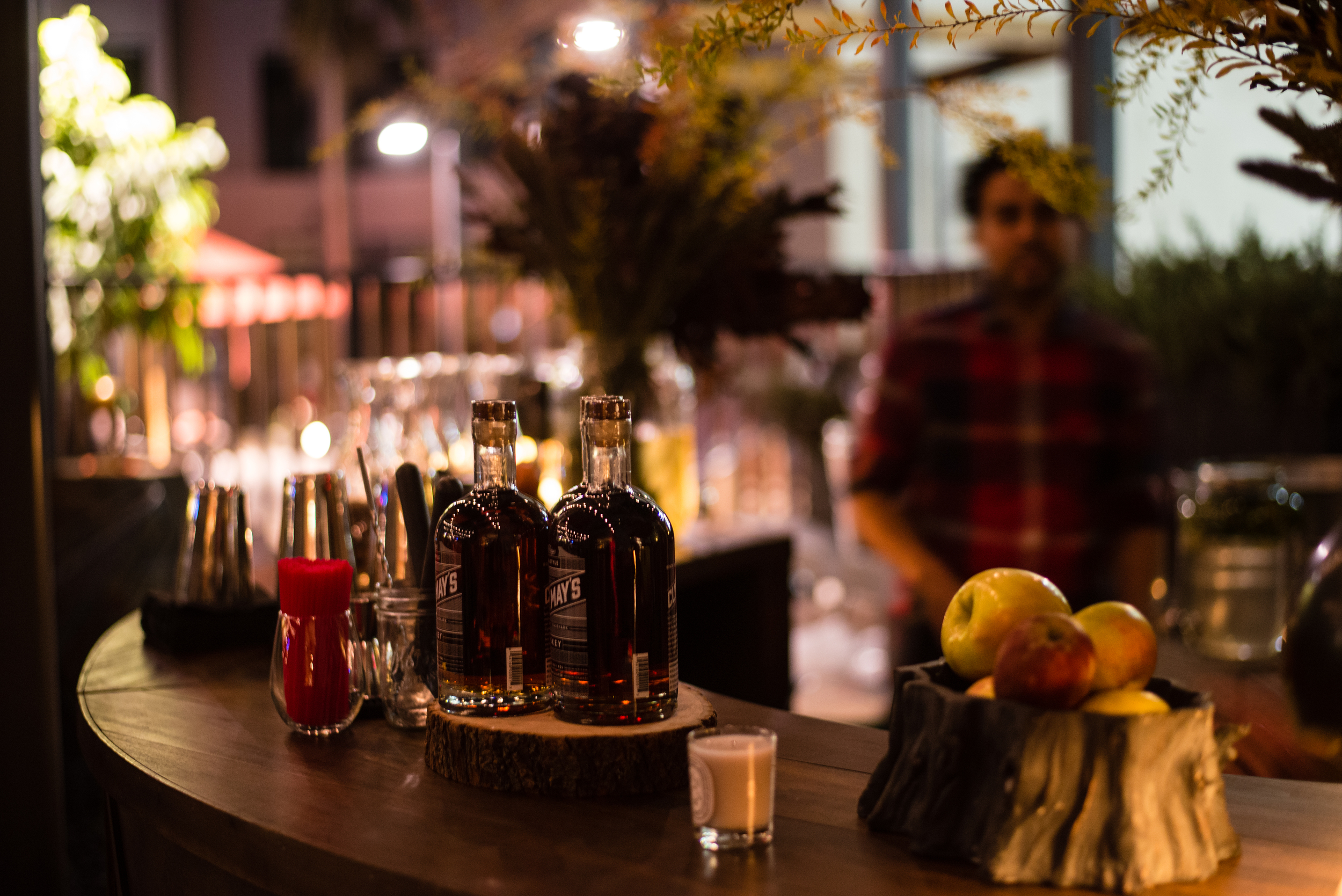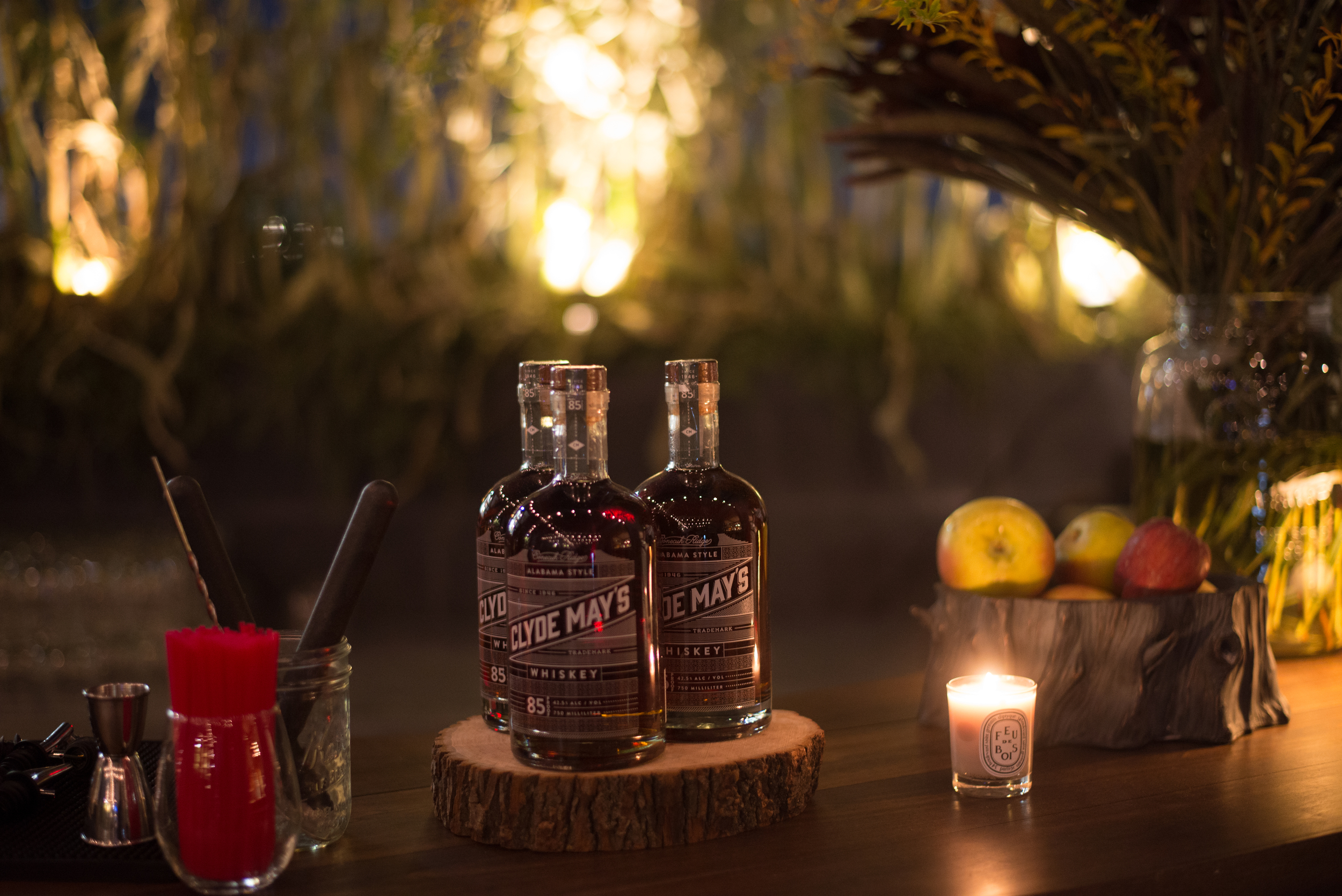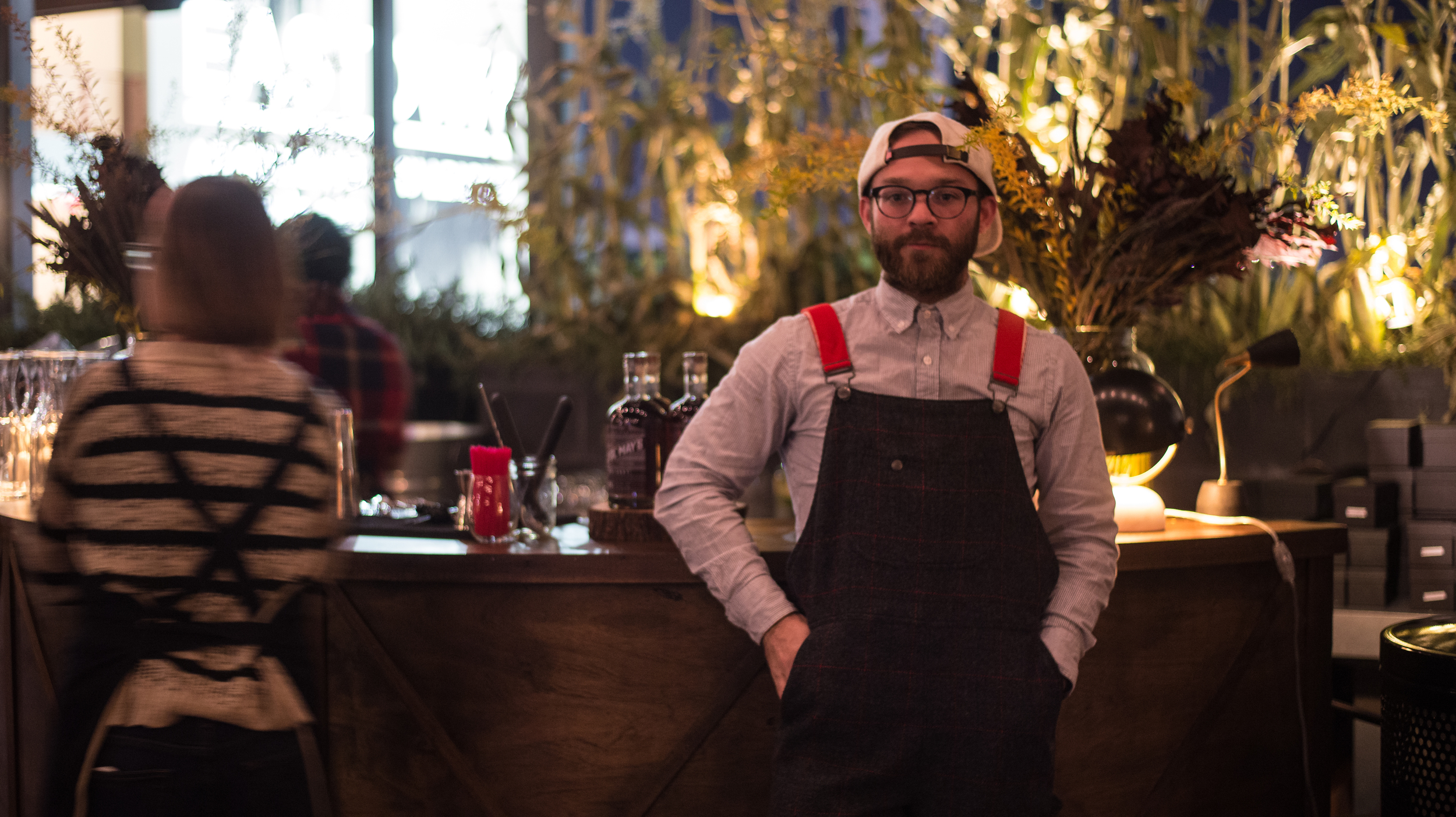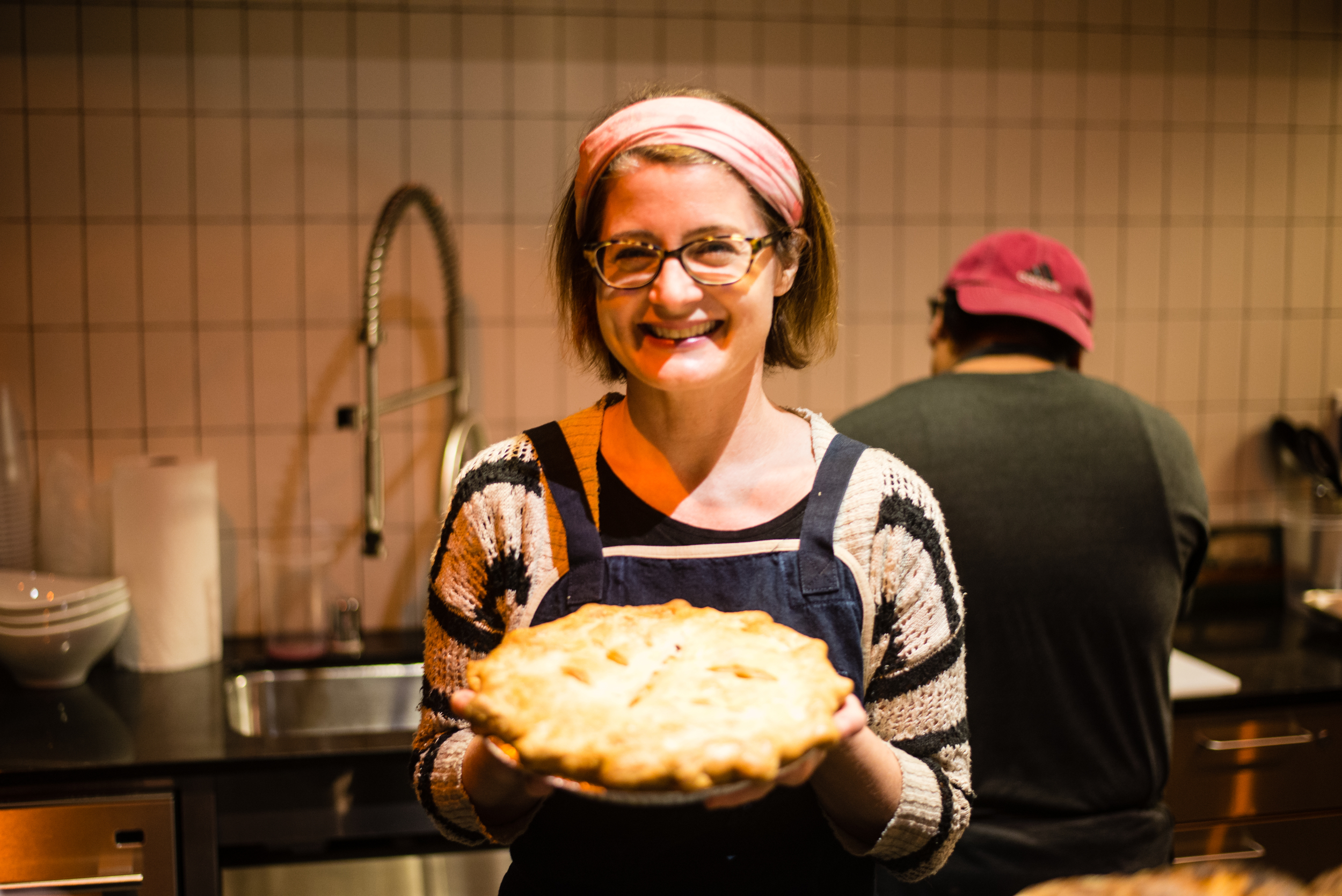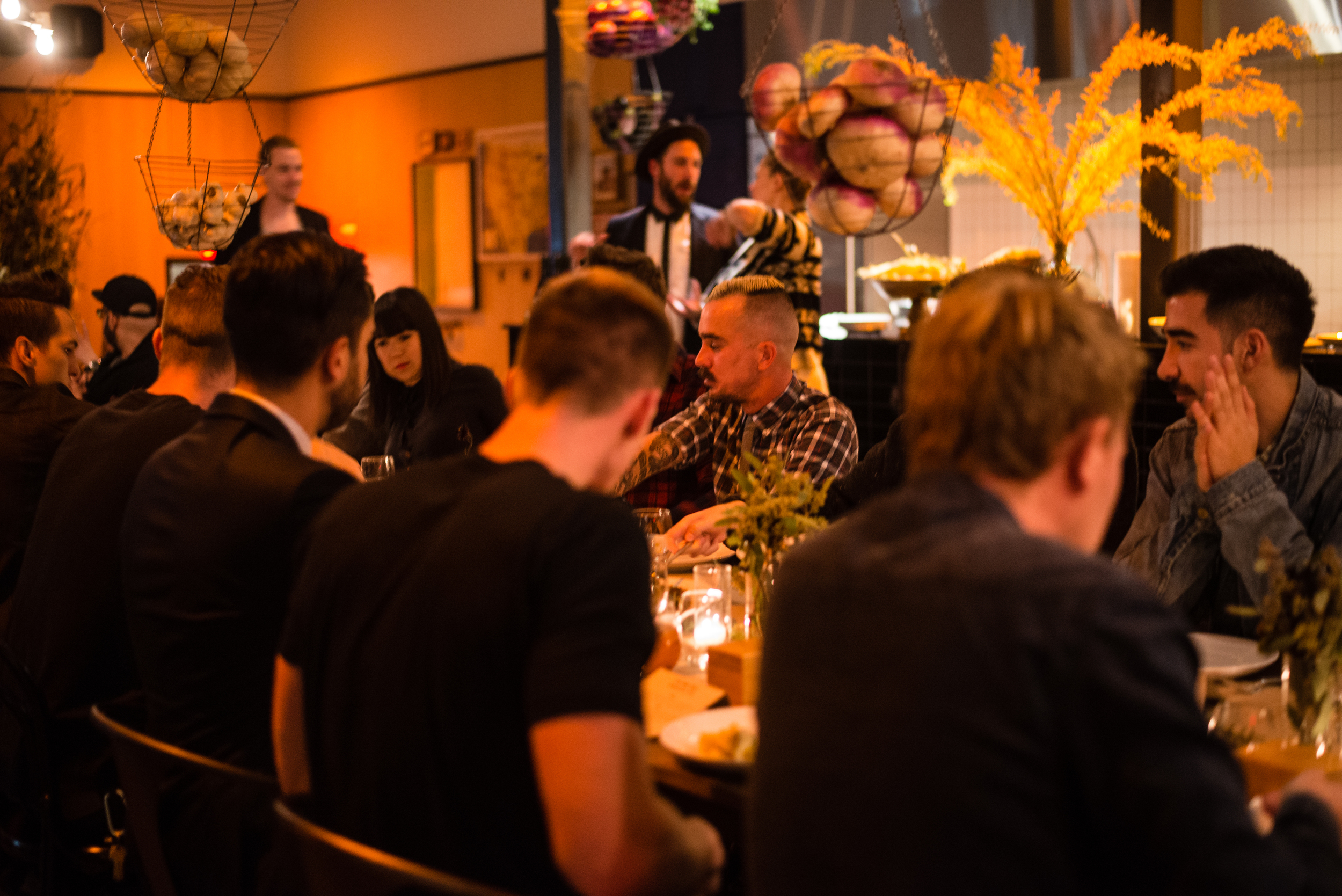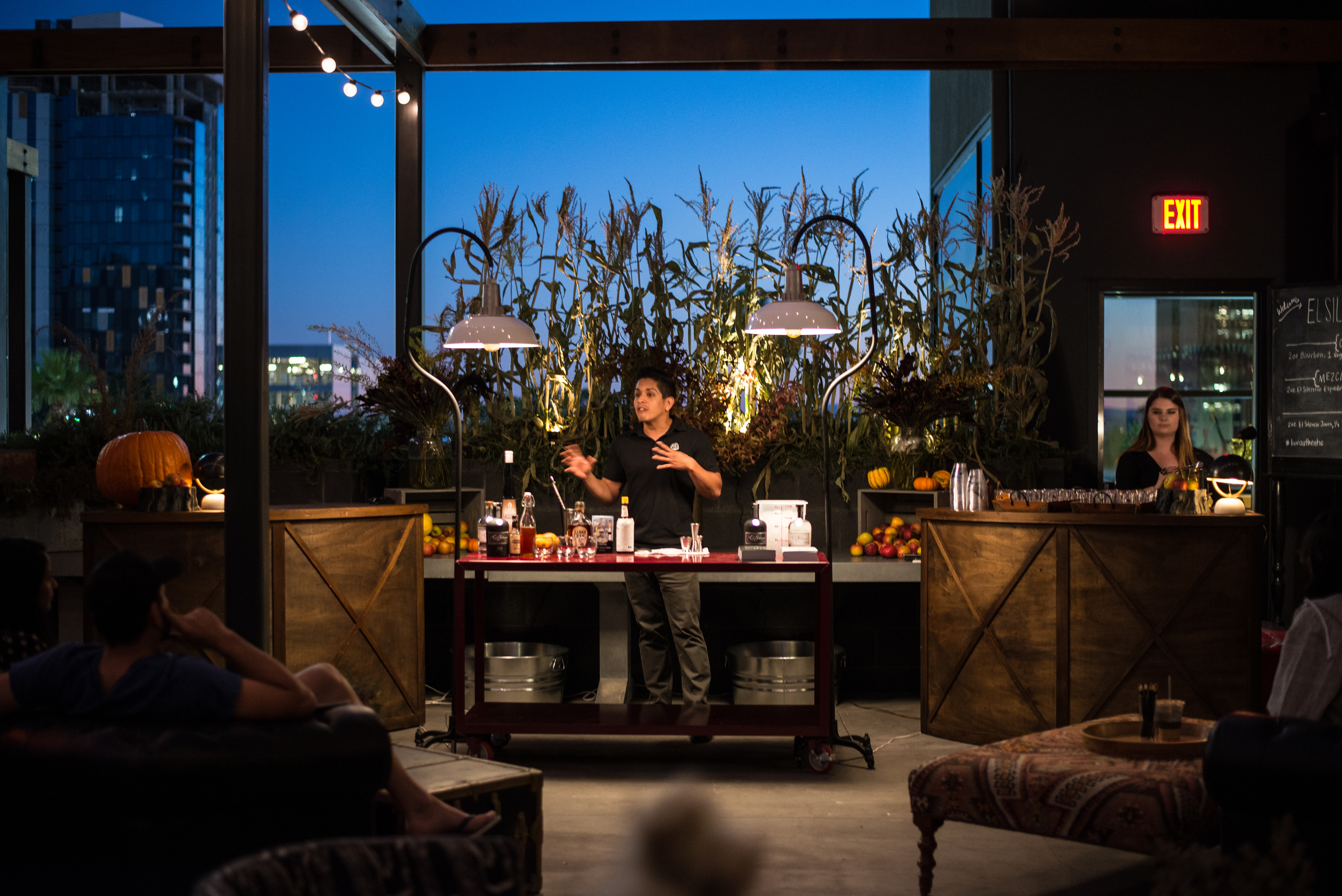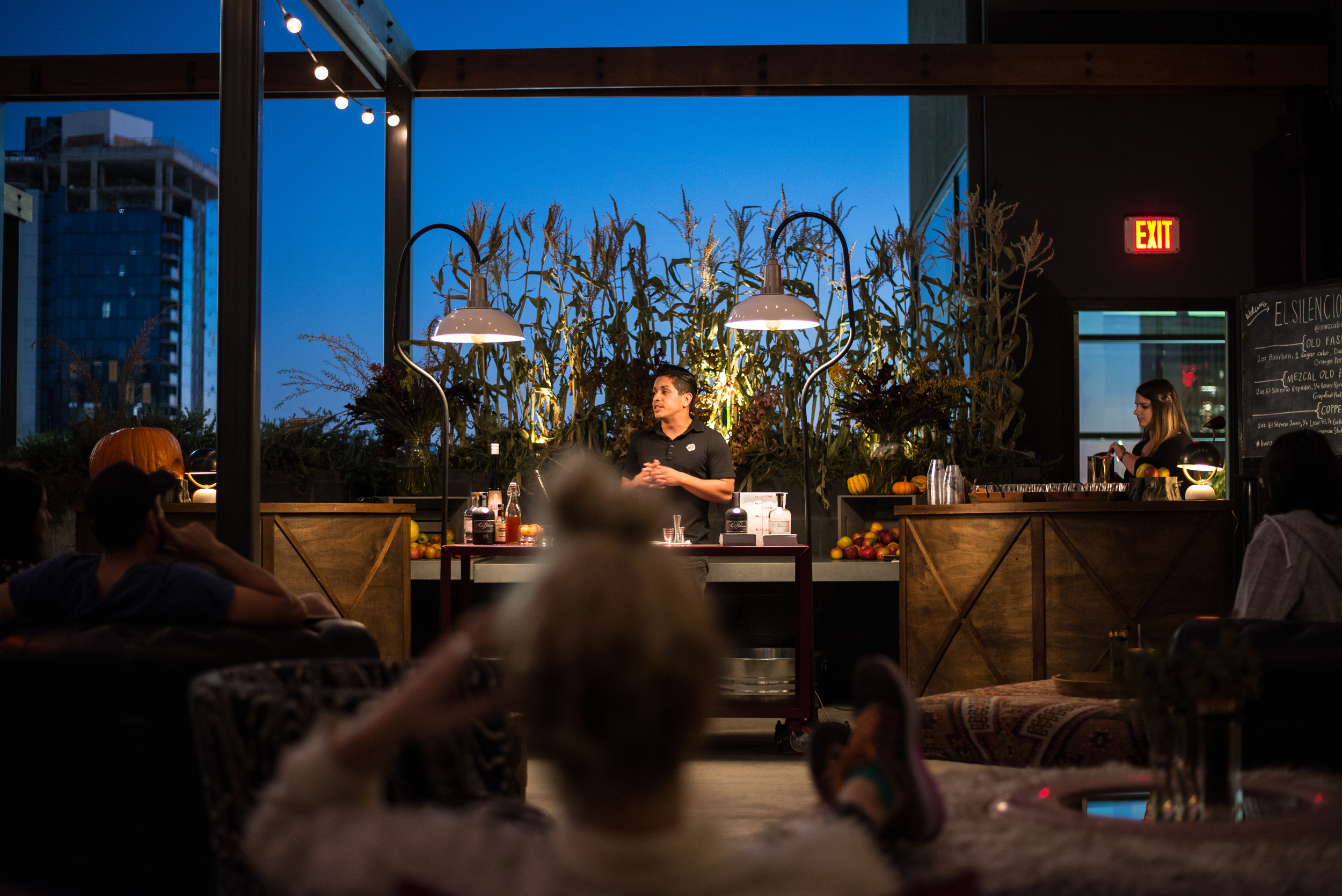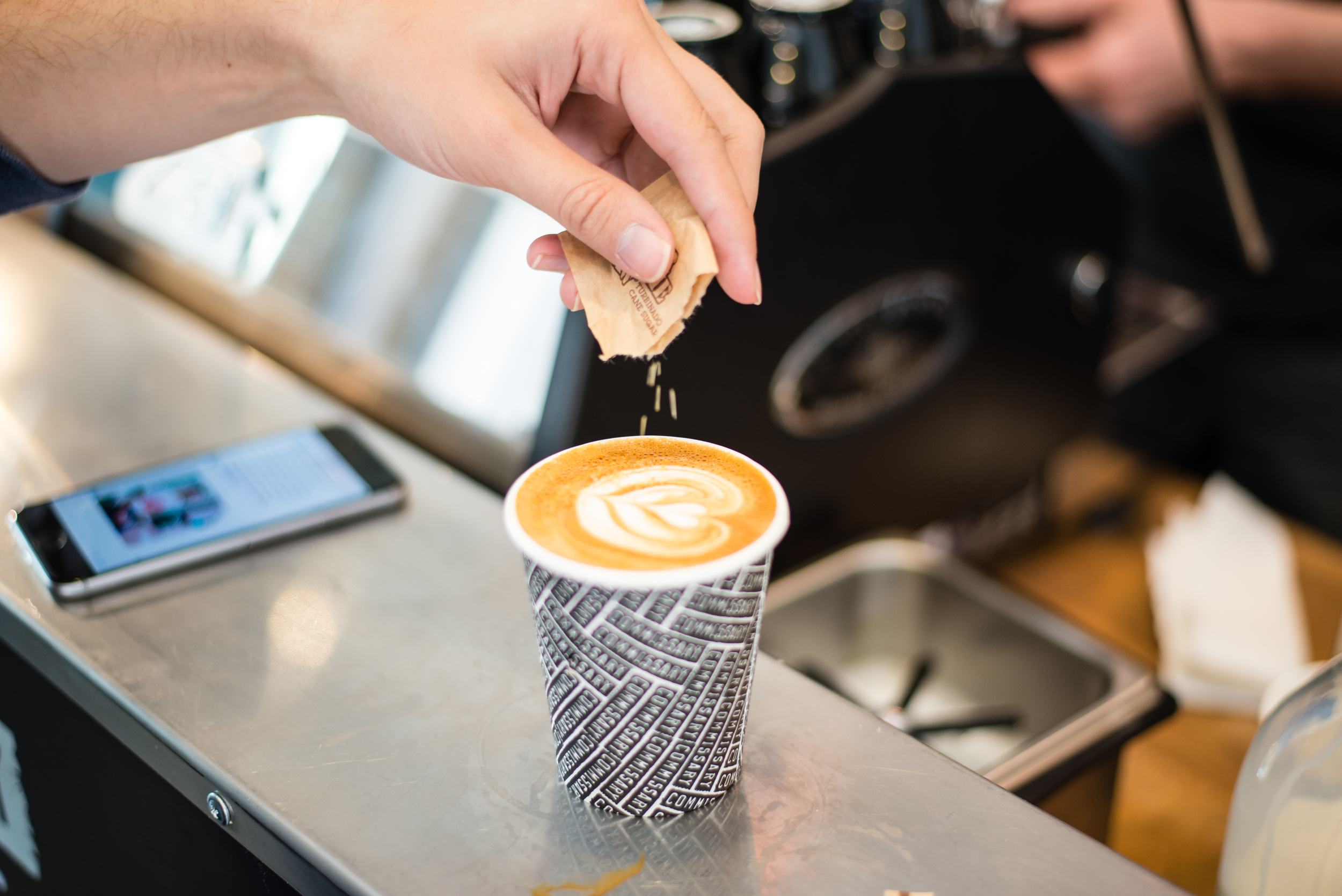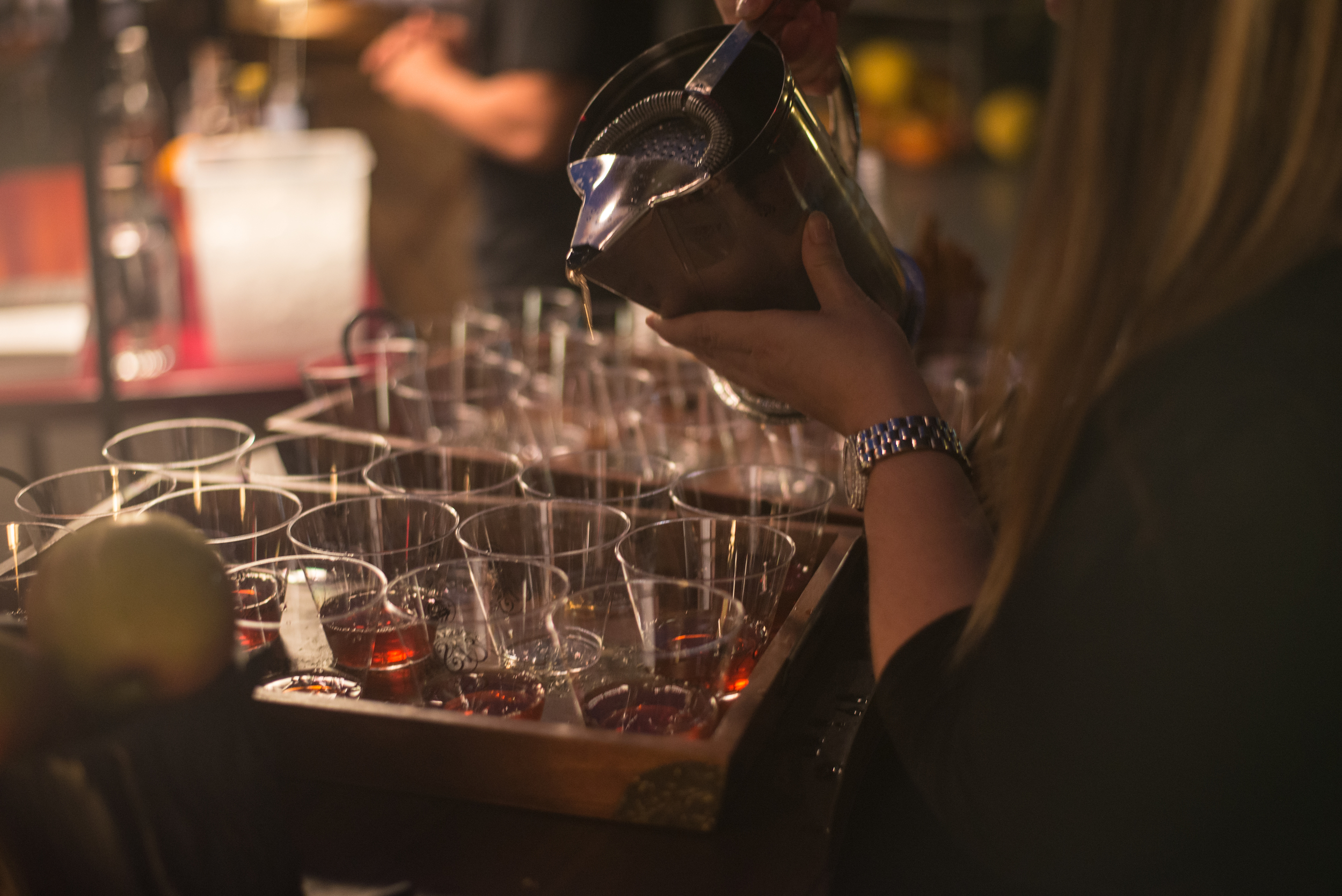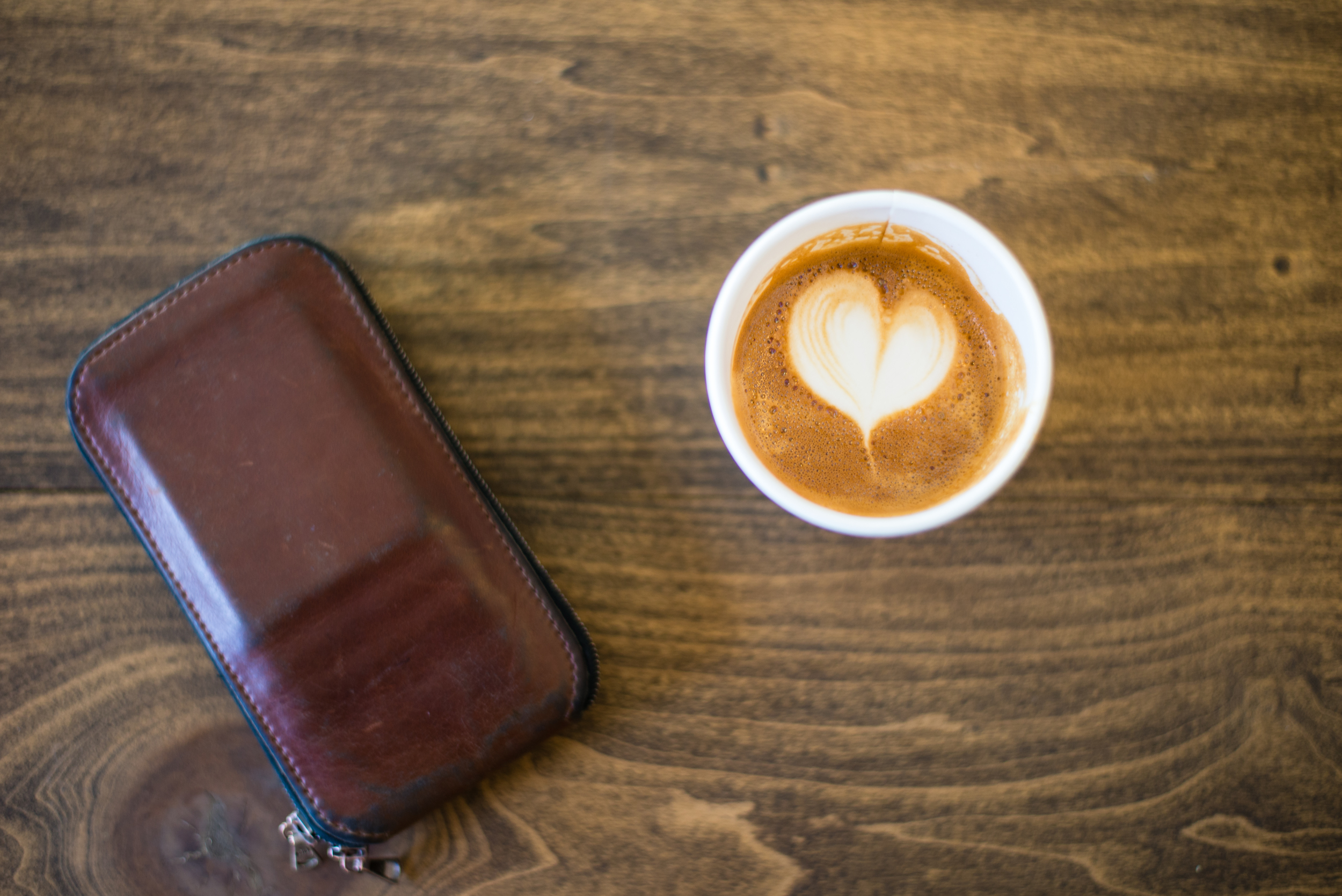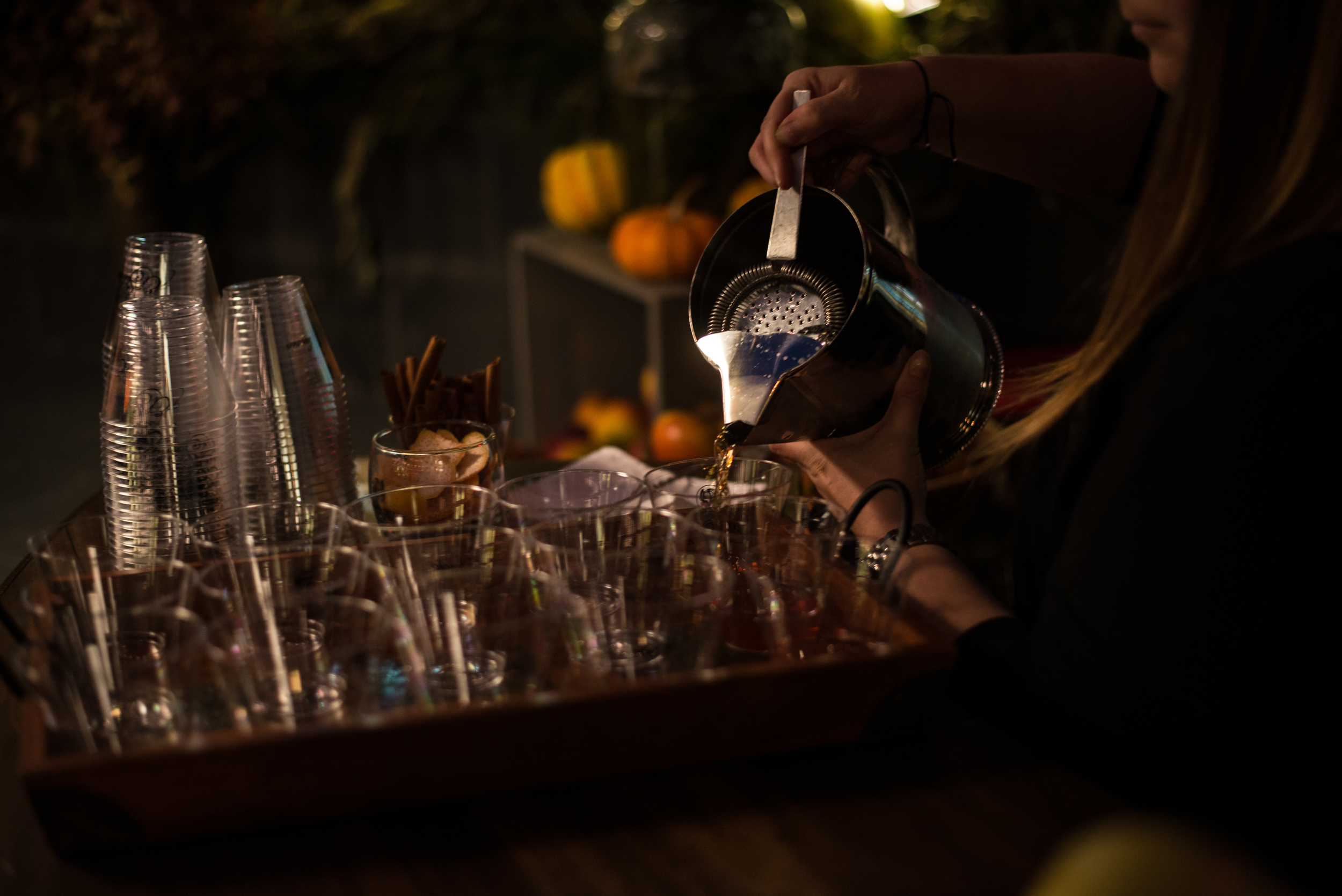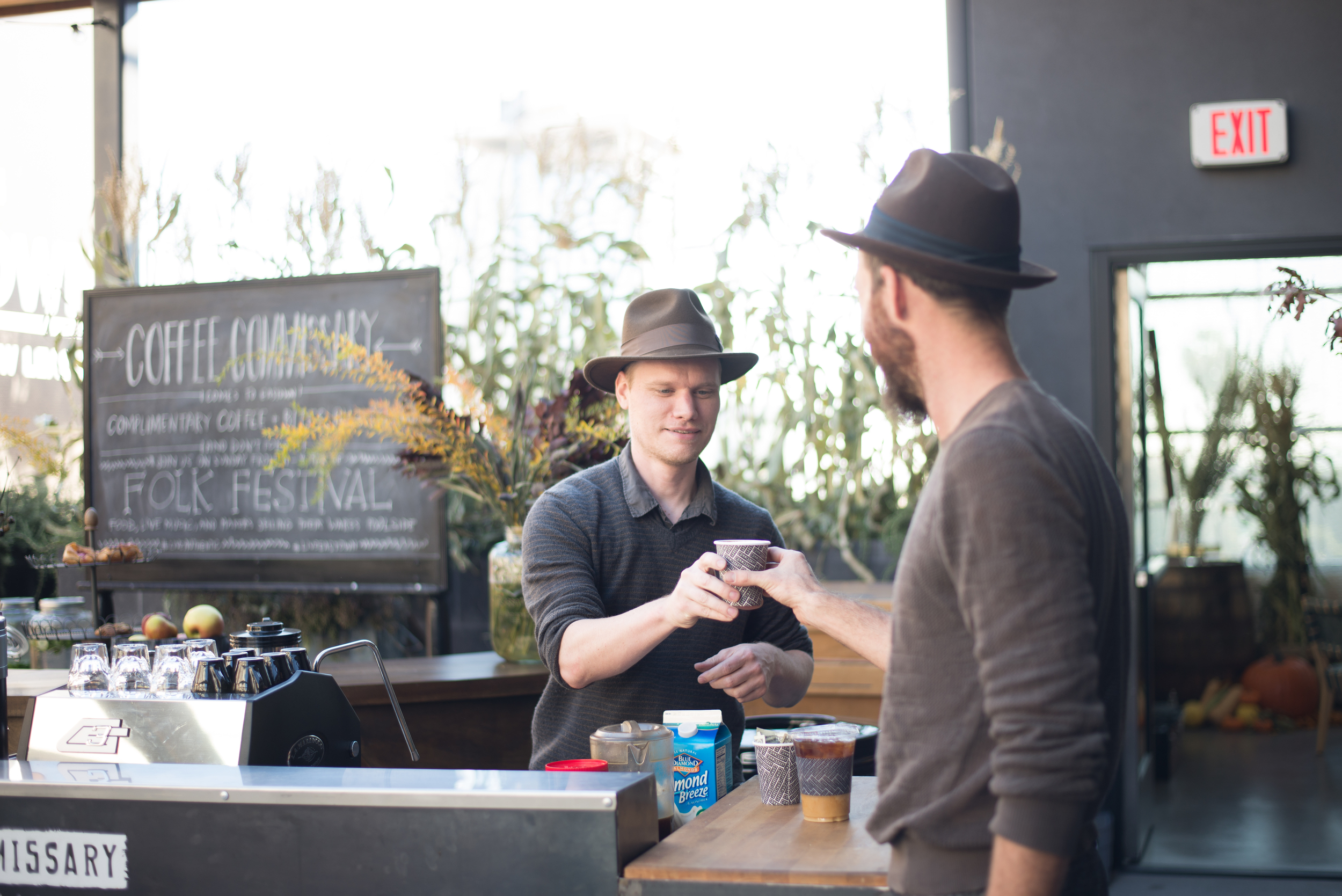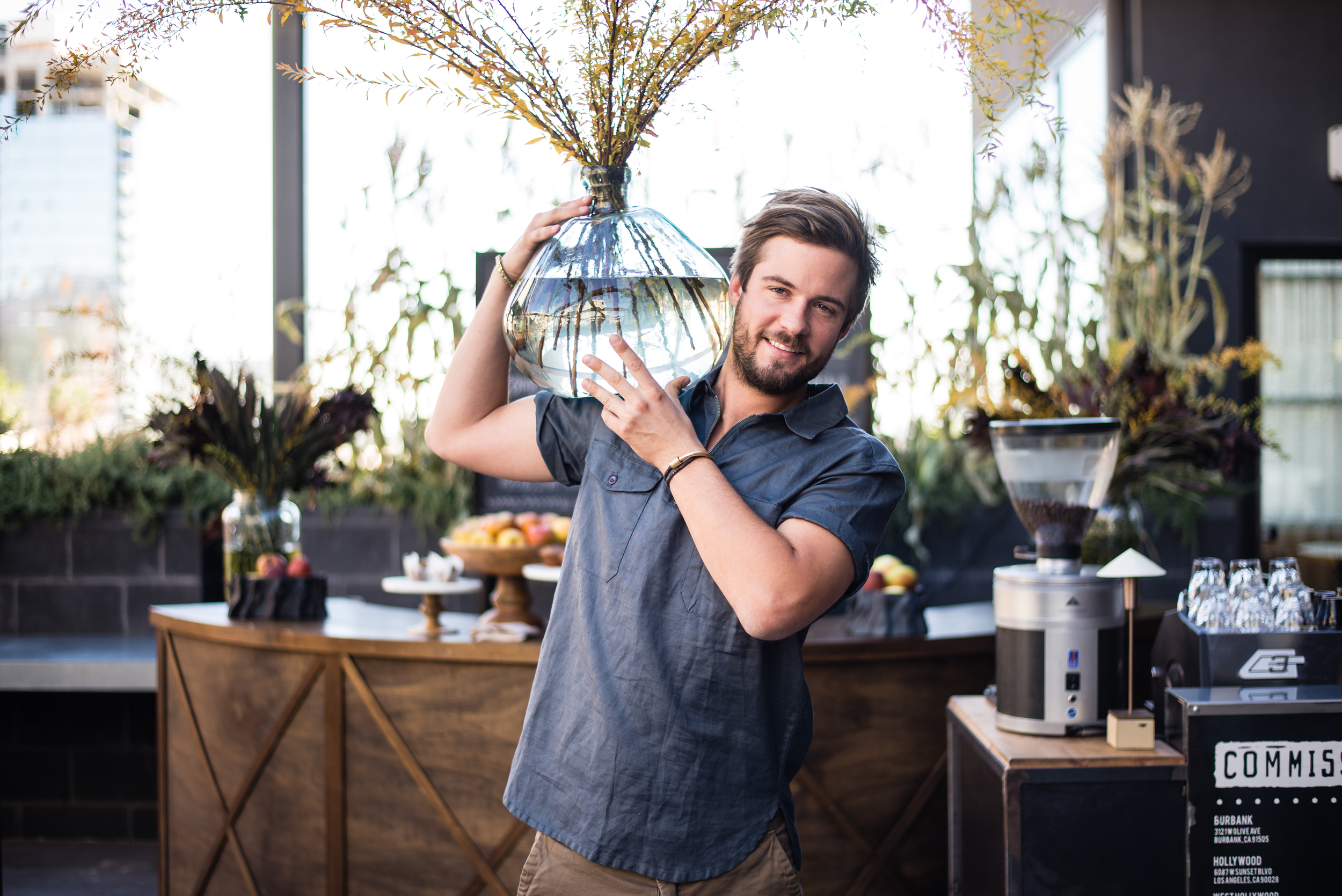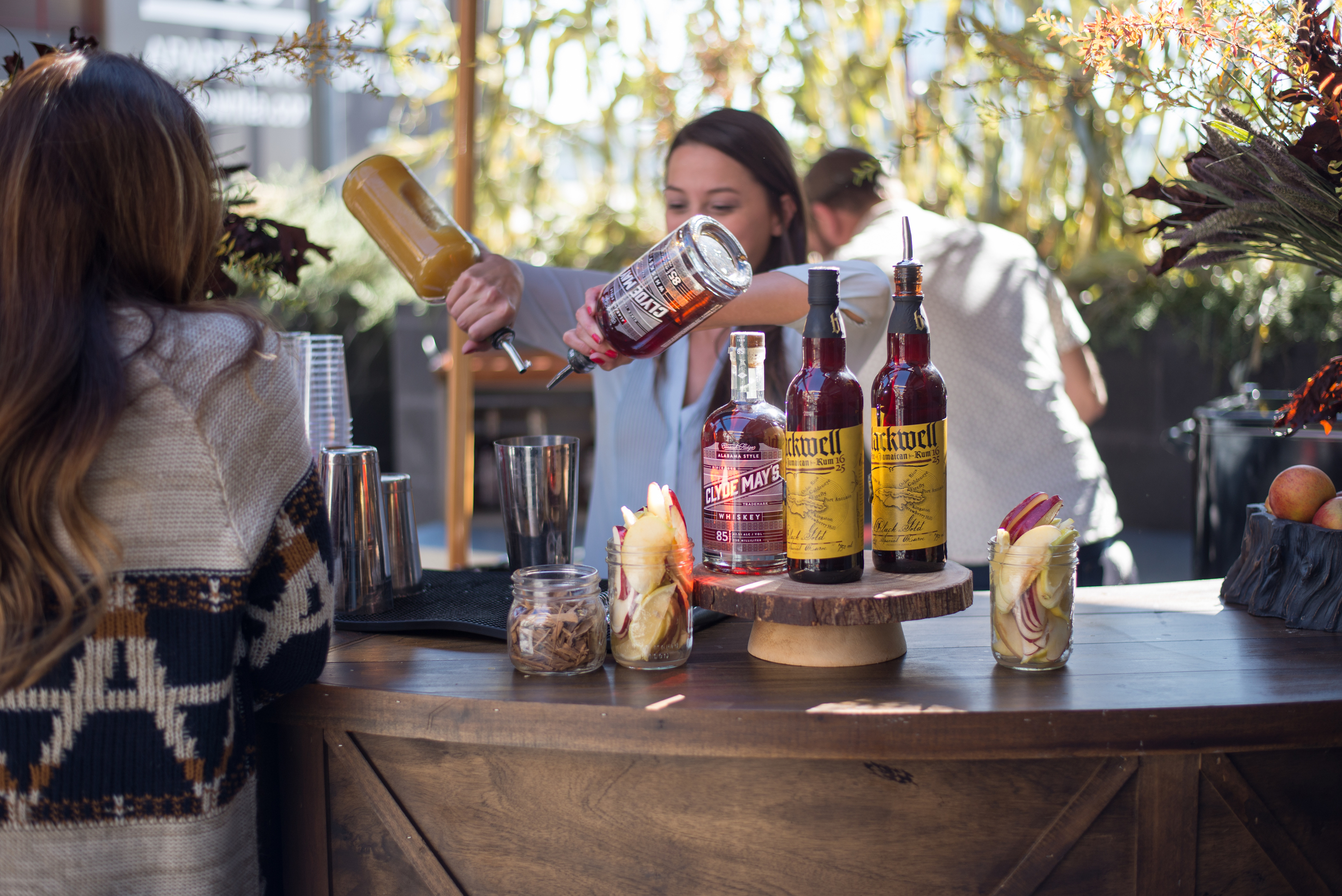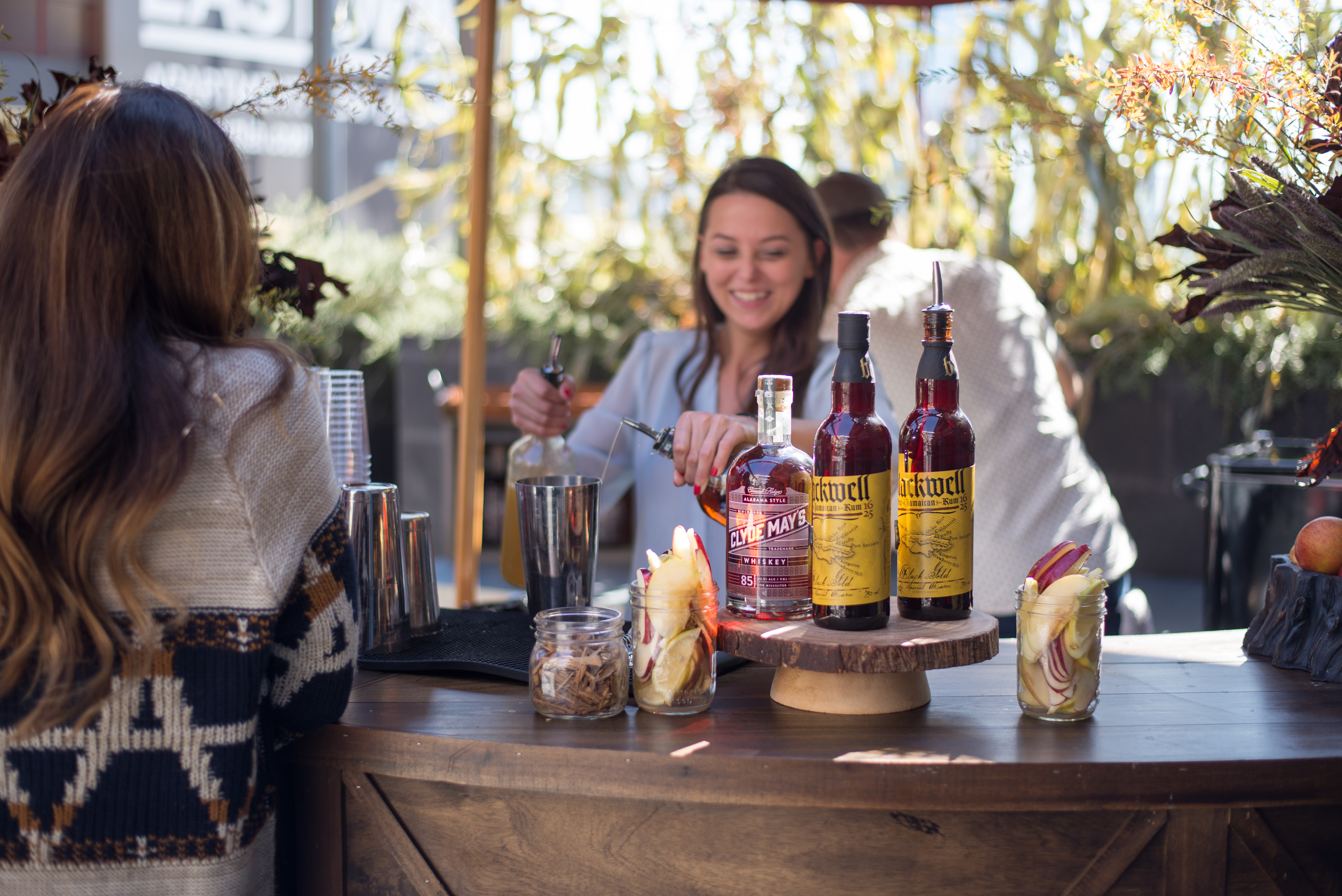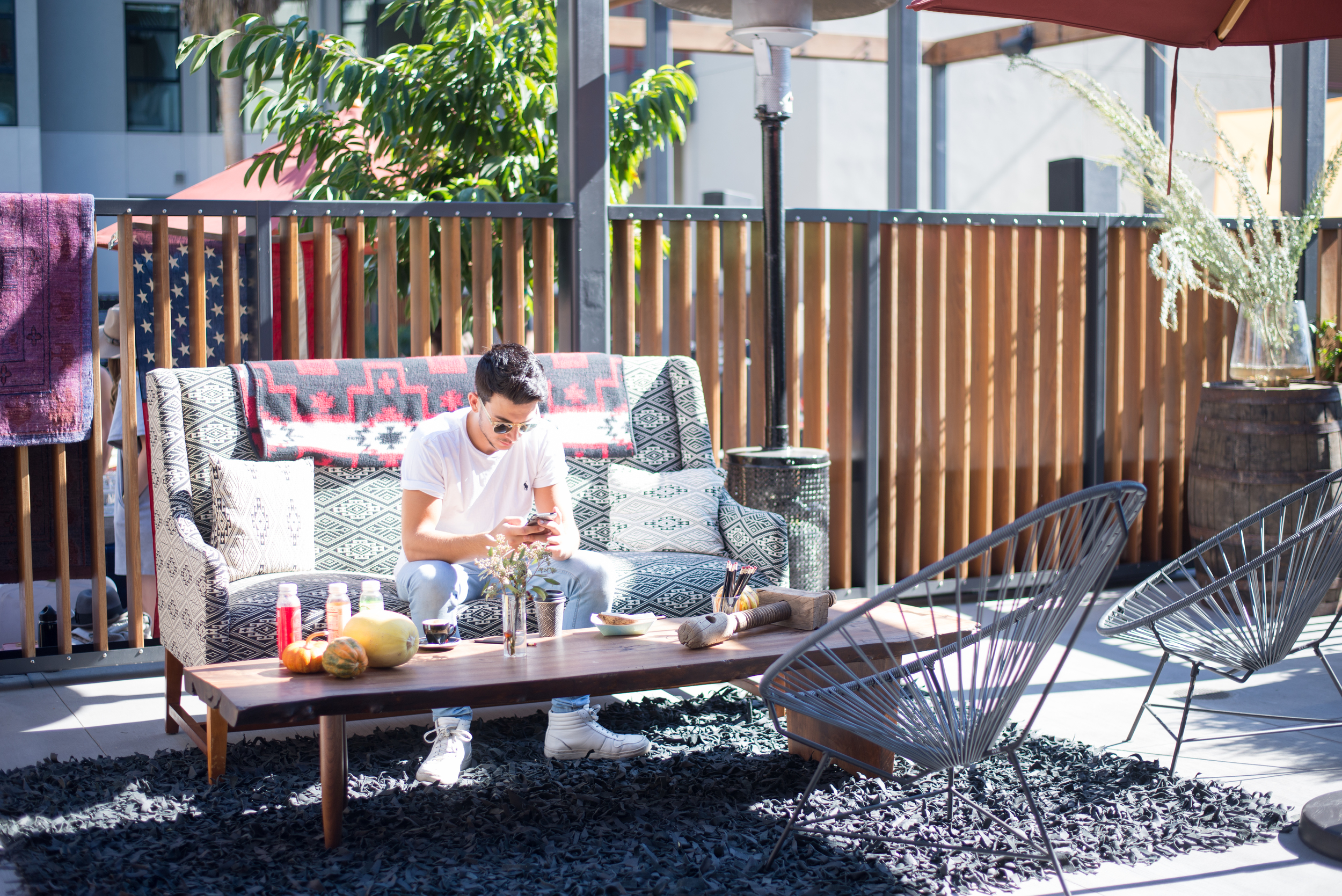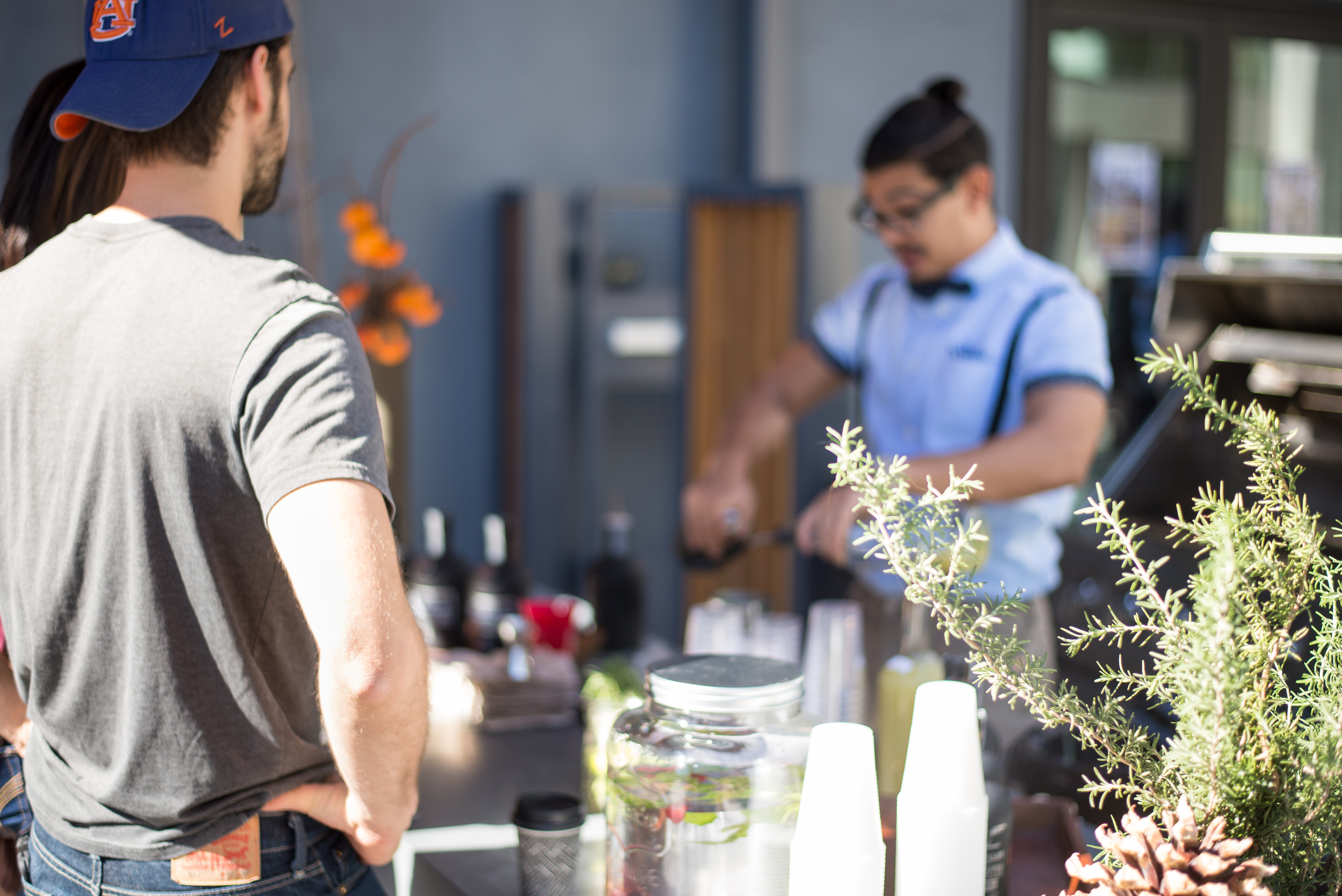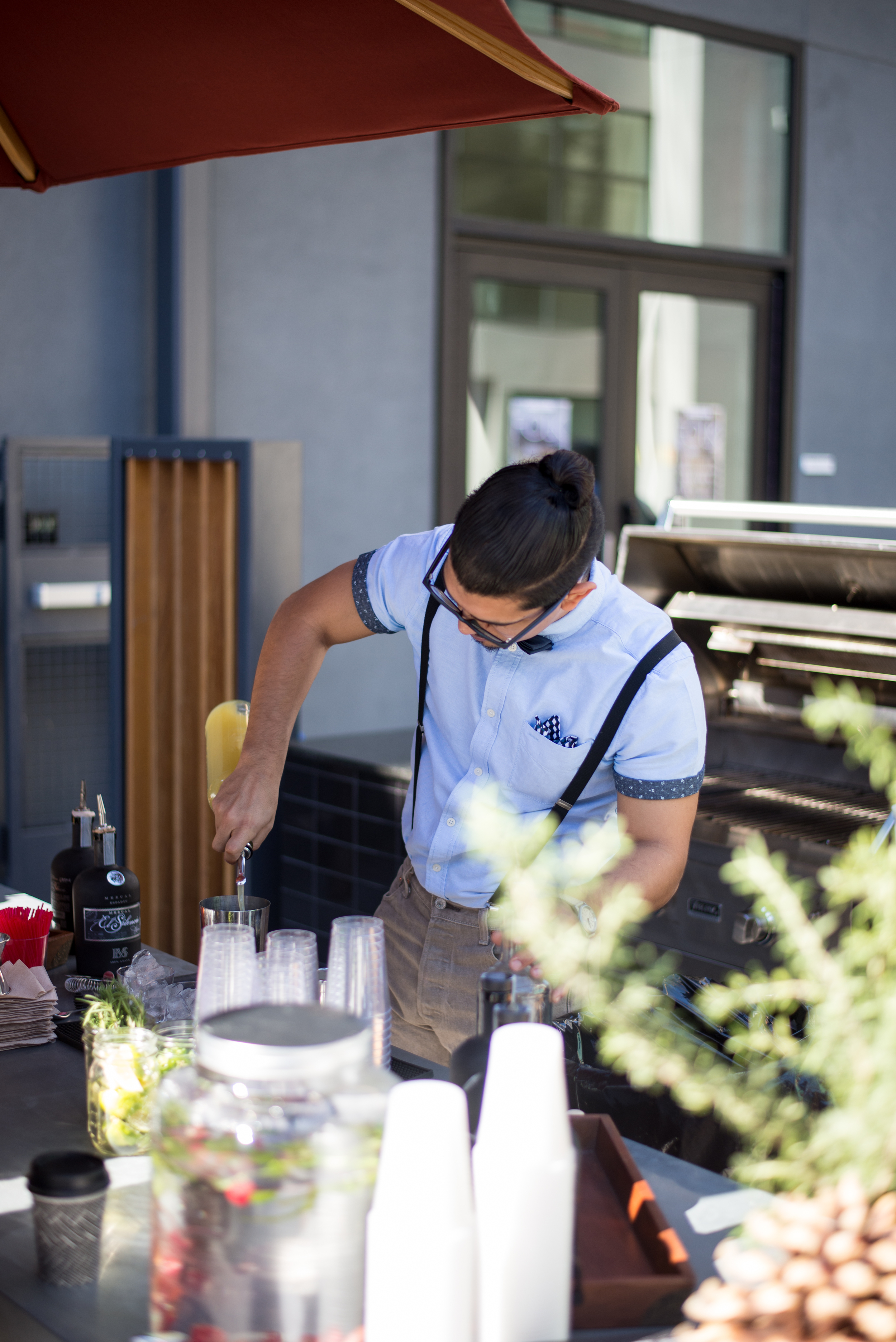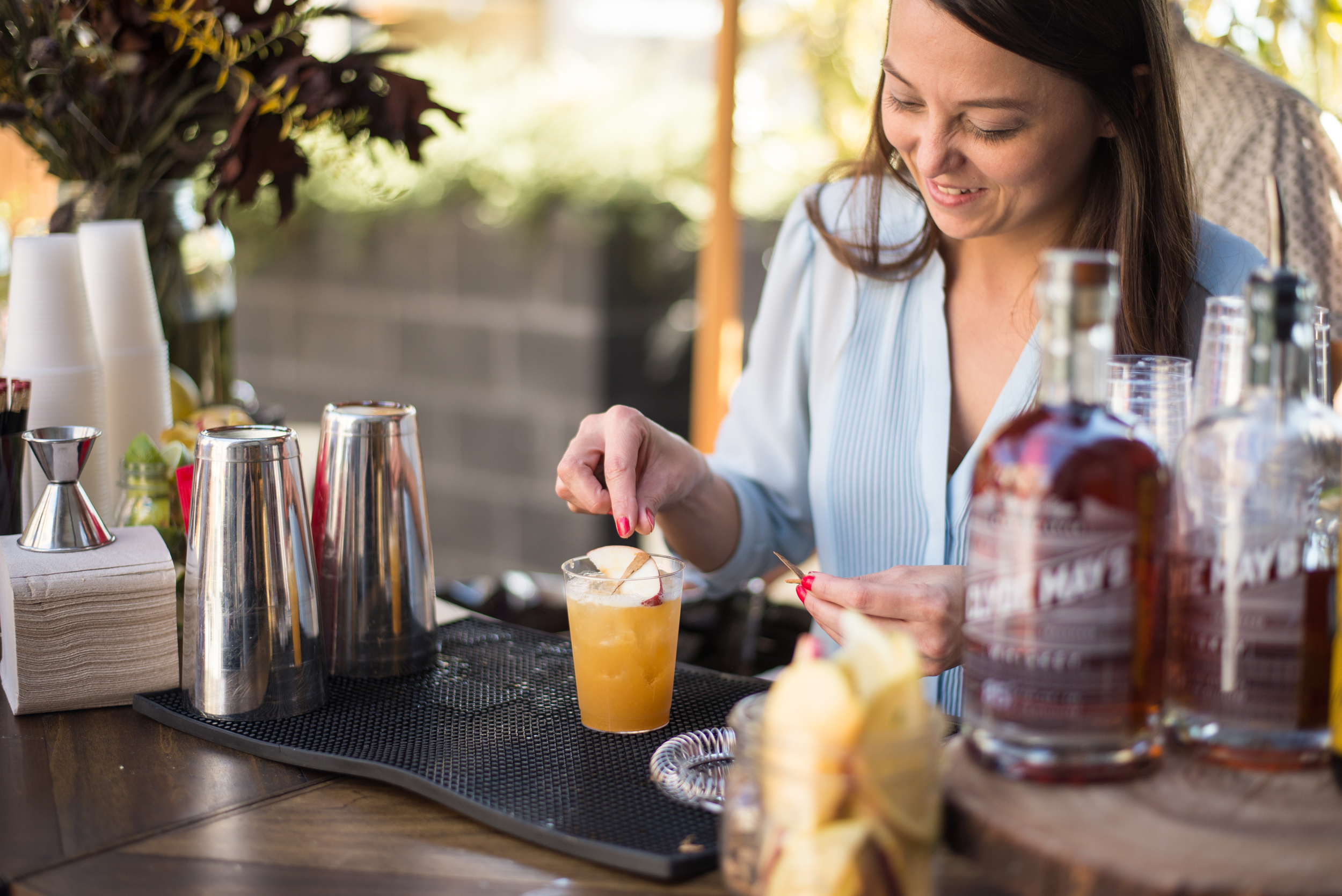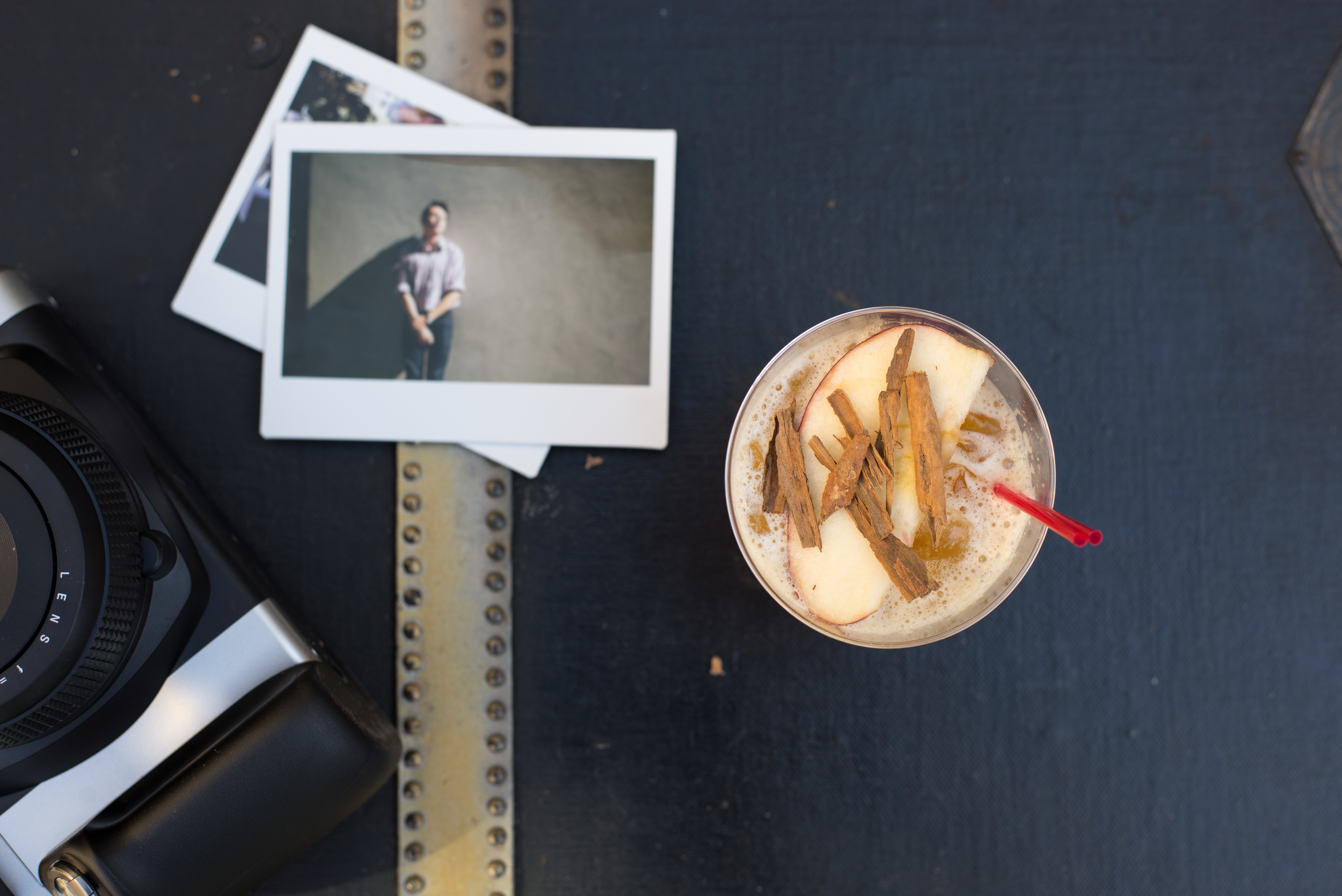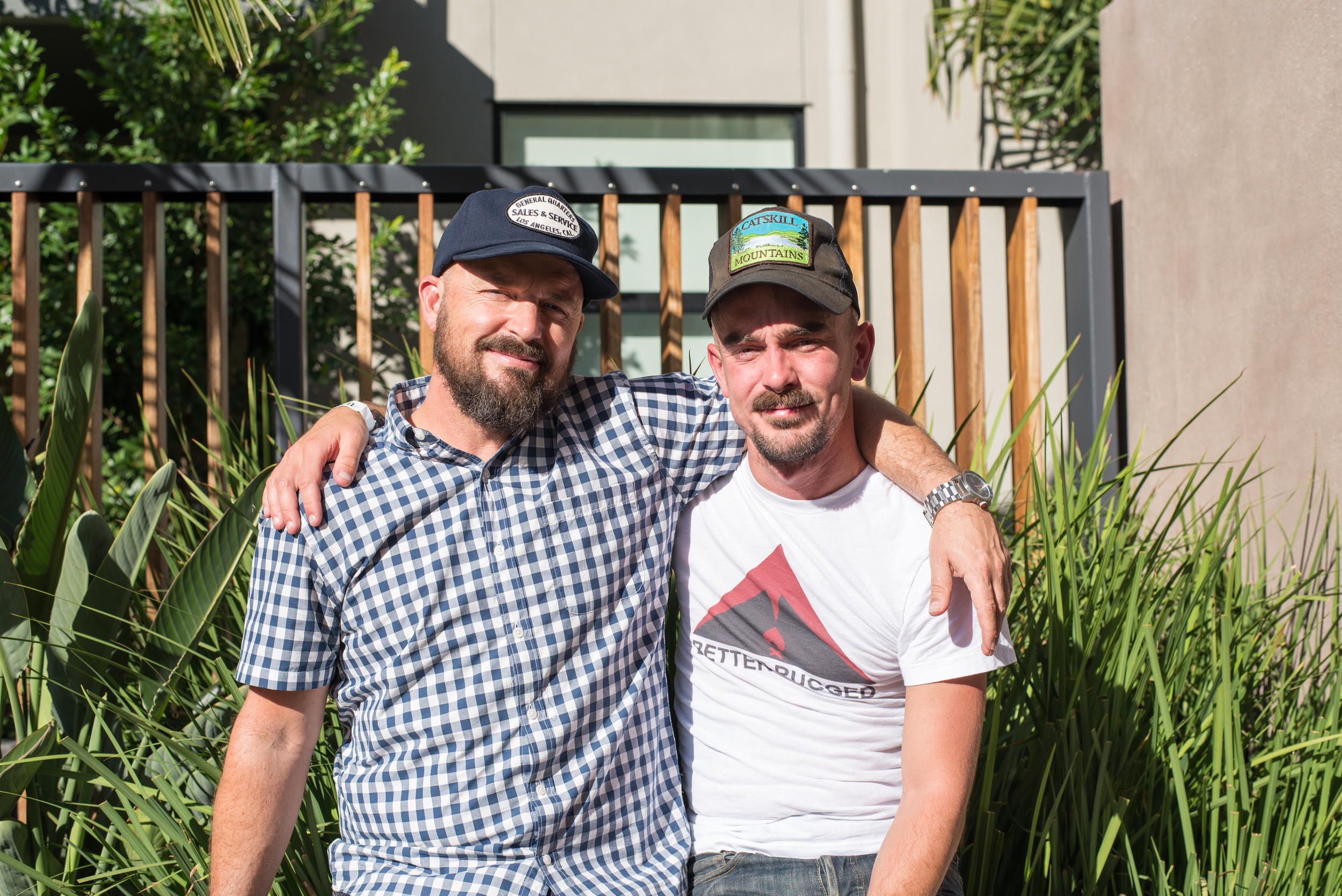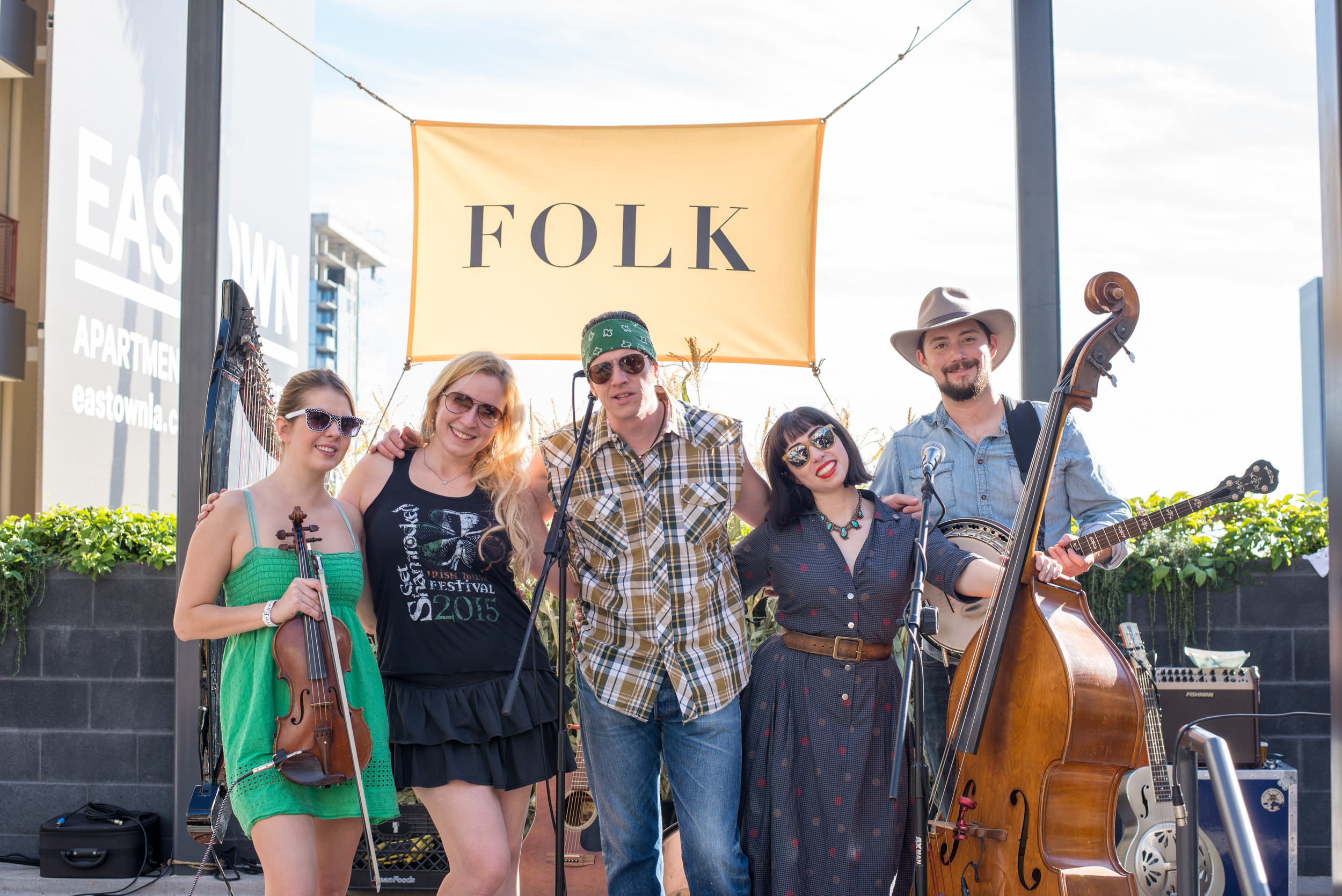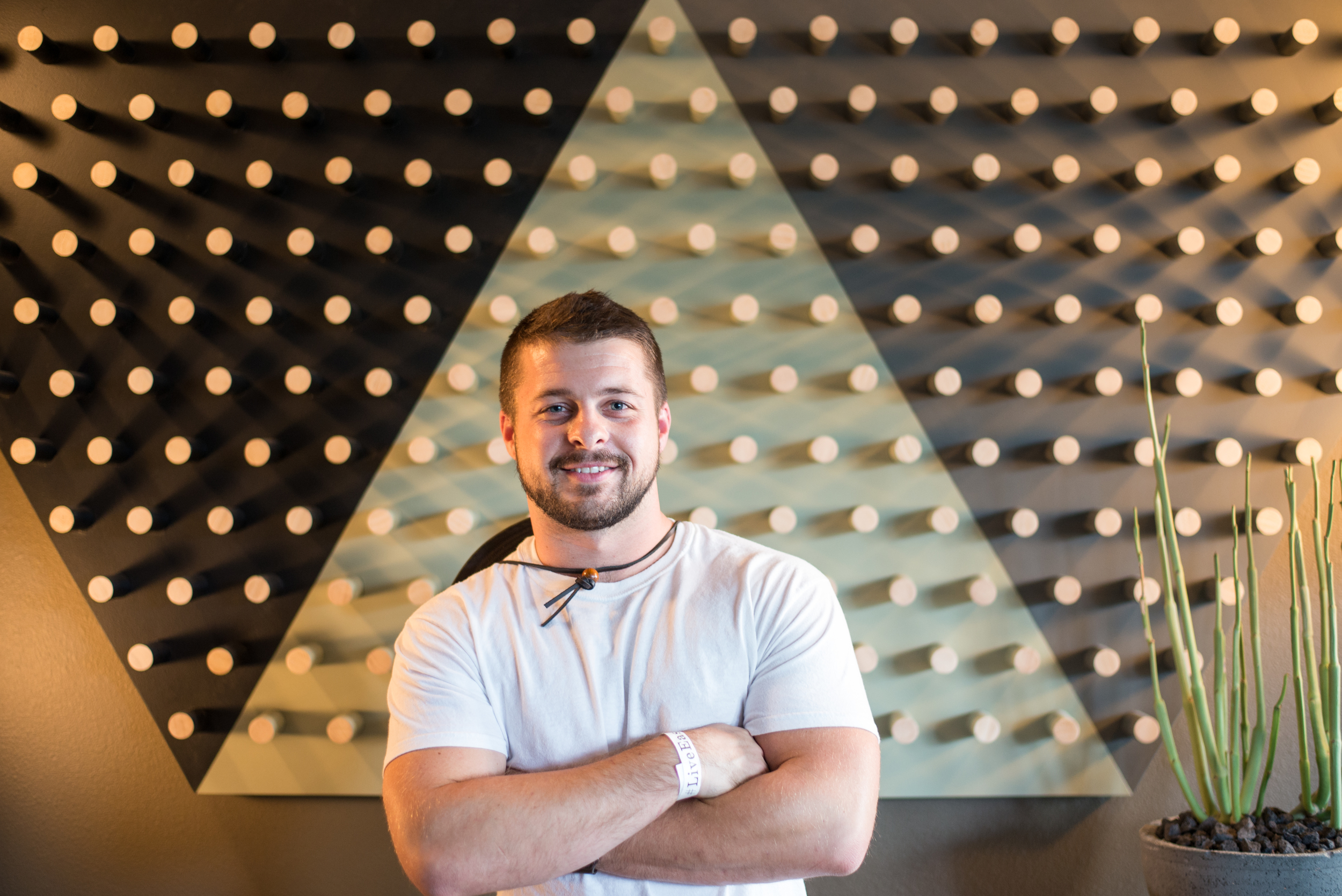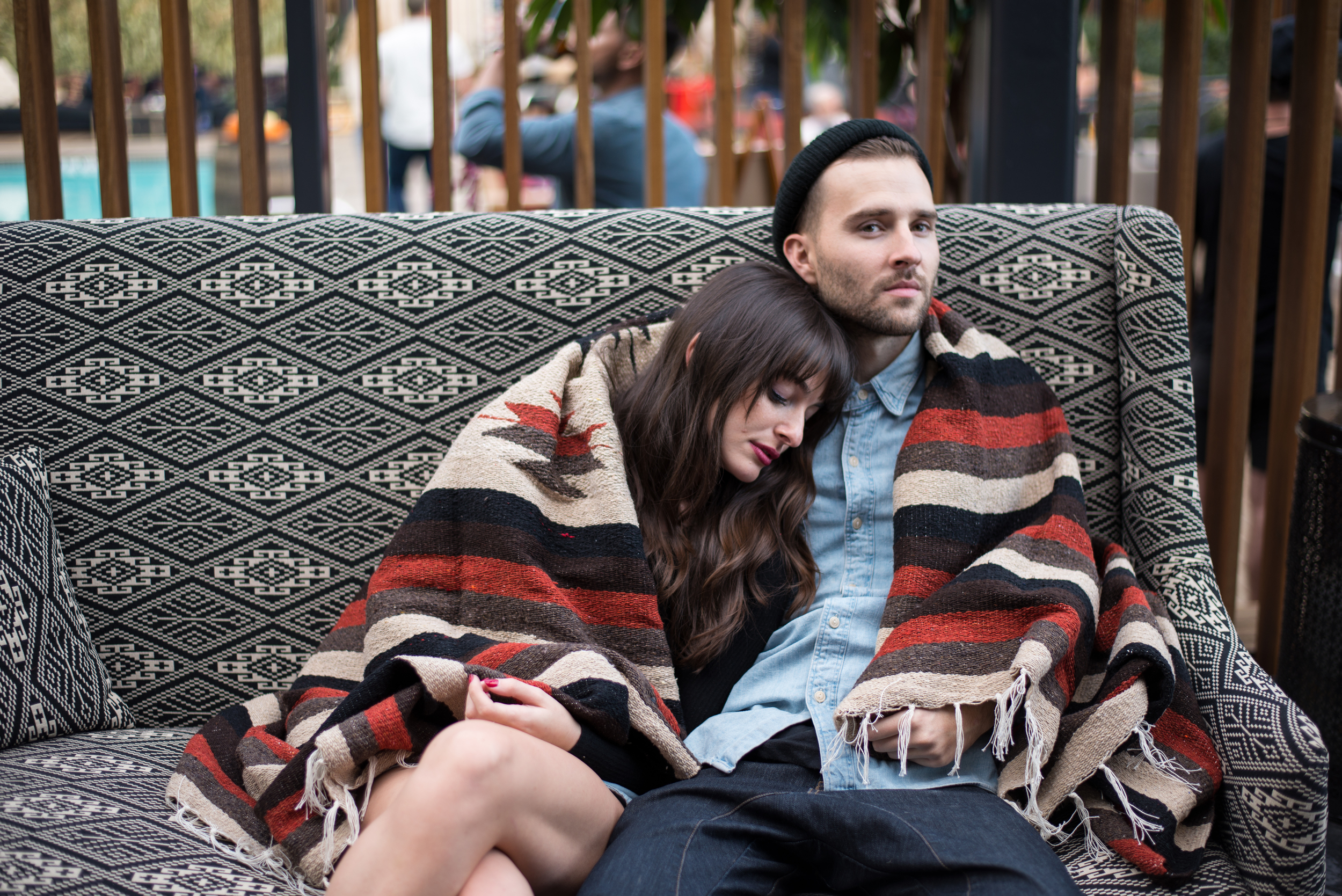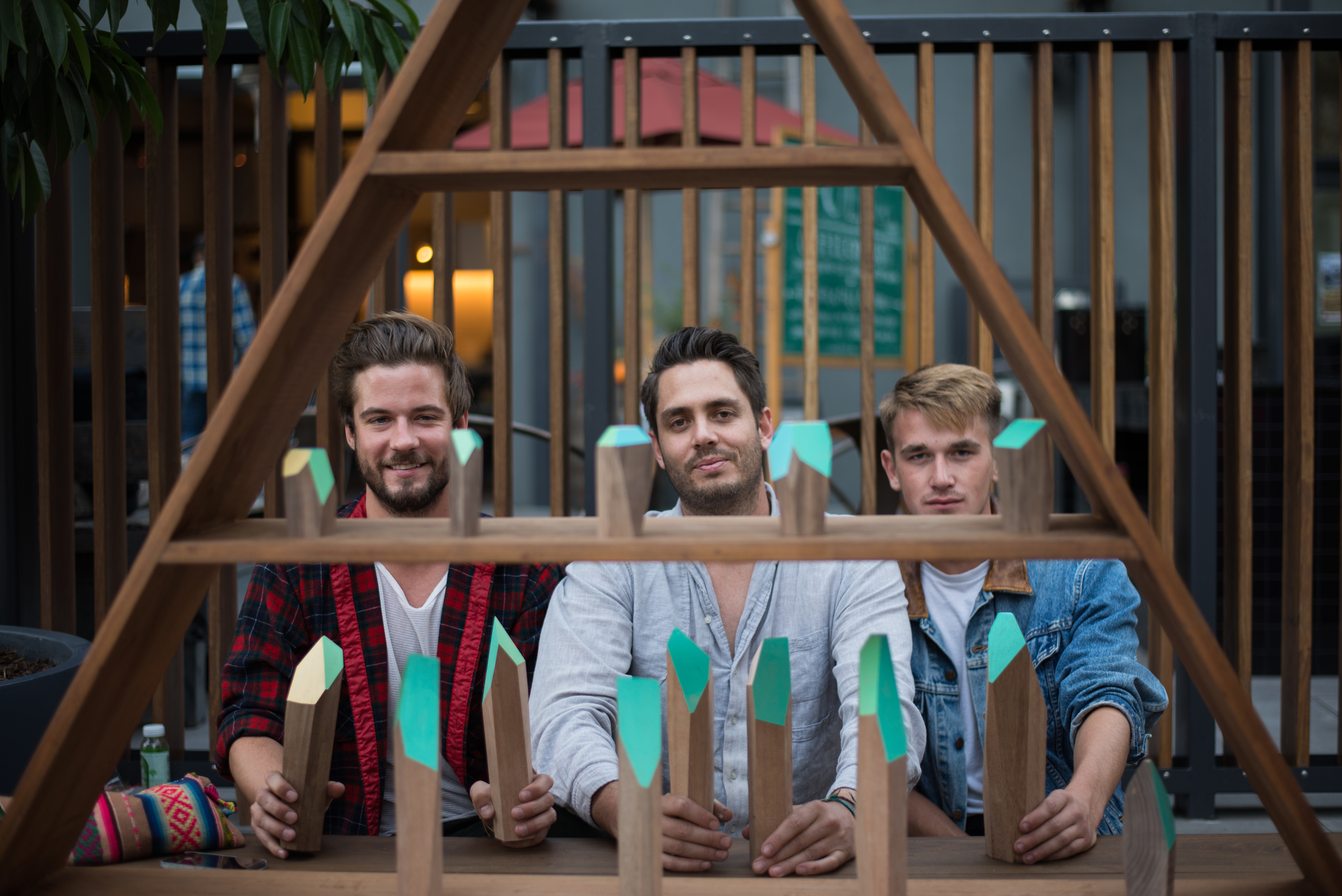Q&A:
How did you get started with jewelry making?
Jewelry making began in my head, every time I walked into a fast fashion retail store (e.g. Zara, Accessorize and the works.) Eventually I bought so many accessories, I figured perhaps I could start making them! The beginning pieces started off as gifts— then eventually my partner suggested selling these, and it's only been progress since.
Were you always interested in fashion? Jewelry design?
I've always been interested in fashion, but timeless fashion, and fashion that works. I don't like following trends just for the sake of it. If I think it looks good in another 10 years, then that's really good fashion. Also, given living in Singapore where it's 30 deg celsius every day, tees and shorts work fine. The only thing that's variable to me is the accessorising, and that's what I wanted to make a difference in.
Why jewelry? When did you first fall in love with it?
You can wear a simple white tee and shorts, but the kind of jewellery you wear decides what kind of look you're going for. Laying my eyes on a beautiful piece of jewellery is like listening to an exquisite harmony, to me. The different textures, lengths, colour combinations, and how they contribute to the flow of the jewellery when you move— is like a little piece of magic.
Jewelry to me isn't just something material, nor is it a status symbol. It is a man made reminder of what wonderful things our brain and heart can do when we see anything beautiful in the world.
How do you get ideas for new designs?
Ideas come from anywhere and everywhere, but I seem to draw most of my ideas from nature, as cliché as it sounds. What greater designer and artist than Mother Nature? The colour gradients in petals, the colour combination and contrasts in butterflies, how leaves float on their branches, the textures of wood.
What are your inspirations?
Initially I was greatly inspired by JewelRocks, a Balinese brand that wove tradition and modernity into their jewellery design. They are classy yet playful, and it struck a note with me. Right now my inspirations include potters Shino Takeda and Red Raven Studios because of their unique colour palettes, as well as illustrators like Leah Goren.
How do your hobbies influence what you make?
My hobbies include small scale pottery and making music. Theory and rules create the basic backbone for these activities, but the true beauty is when you feel it in your heart. A silhouette of a vessel may be imperfect to others but to you it looks unique and refreshing. In music, jazz is always full of improvisation and weird keys but they work like magic! These "perfect imperfections" have influenced my jewellery a great deal. I don't conform to standard colour palettes and if one colour should go with another— I'm always challenging myself to have different contrasts in my jewellery, be it in colours or in textures.
What has been your biggest lesson?
To be proud of my business. I'm still learning. Up till now whenever I talk about what I do, I'm always adding a disclaimer: "I know it's an idealistic thing to do…" but I should really stop that.
I'm still learning to be more confident and to truly believe from my insides. Slowly but surely I'm becoming a better salesperson and a more positive businesswoman— although I may be treading water in the deep sea.
What's your favorite thing about sharing your styling and photography?
My favourite thing about sharing my photography is providing my customers (and potential customers) an experience. To show that handcrafted jewellery have personalities, have homes where they come from, have stories, and have been created with meaning and purpose.
What's been your best advice you've been given?
To be shameless. My mantra used to be "Good things to come". It's a pleasant thing to hear, but the world isn't that nice. I want something, I have to go get it. So in the words of Ruby Anemic's neon light exhibit in 2013, "No Guts No Glory".
What's been your biggest challenge?
Financing this business. I've yet to have investors, and I am challenging myself to be as self sustainable as possible. I'm inching closer to reach my goals— not just for me, but to improve my customer experience and quality of my goods. If I could reach my goals in half the time that might be great, but I'm not sure if I'd learn as much if I did. We'll see!

